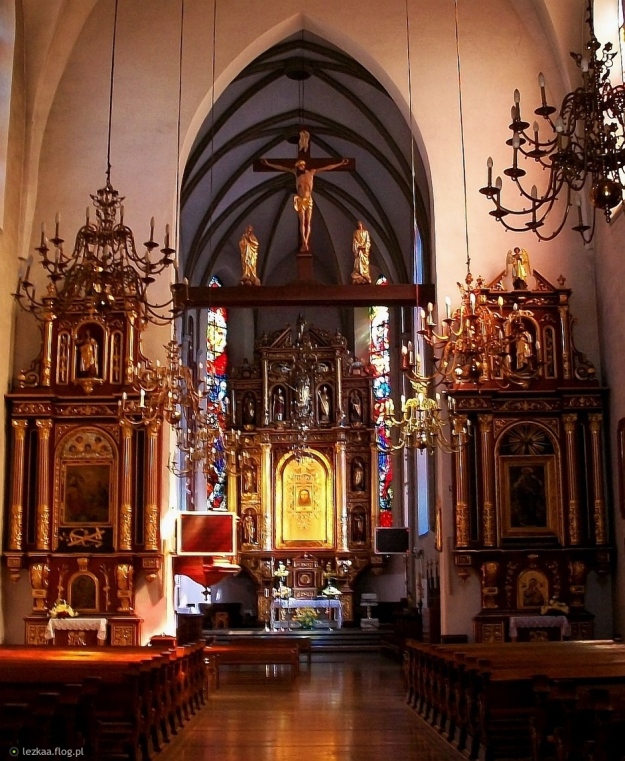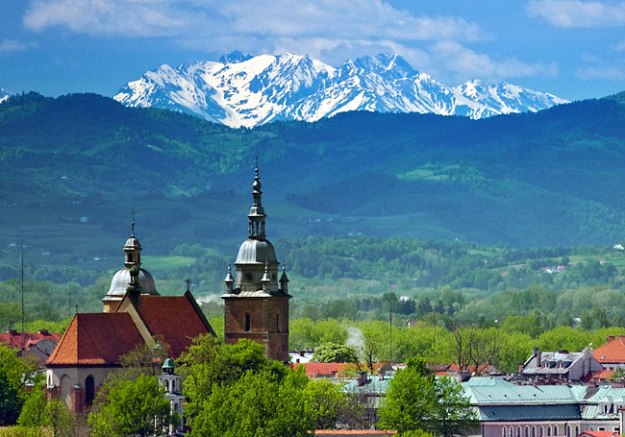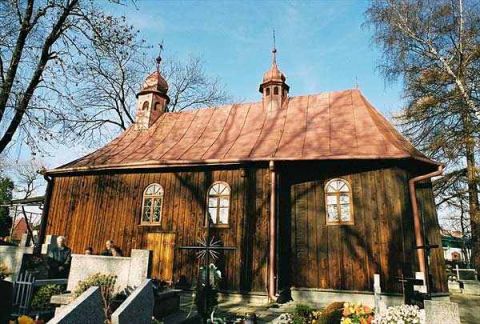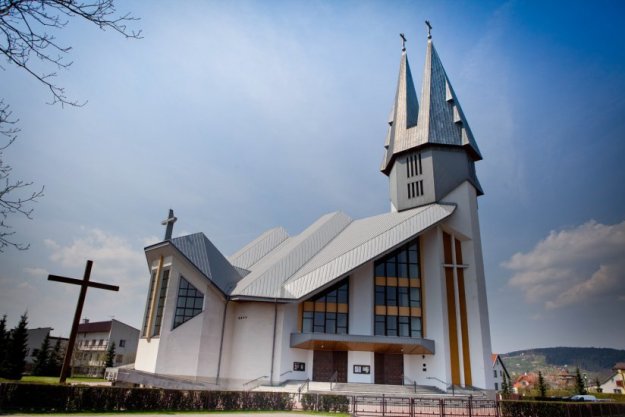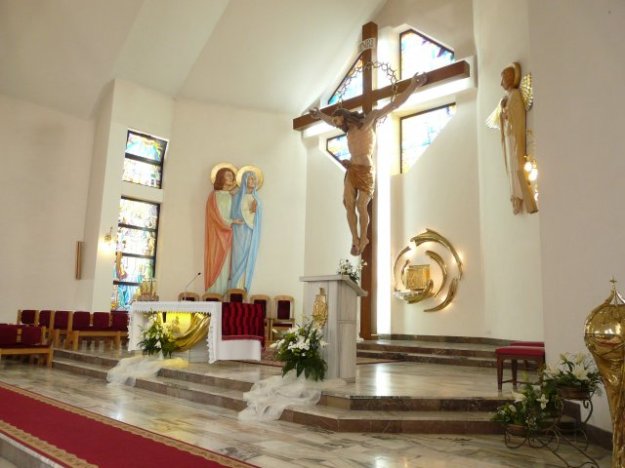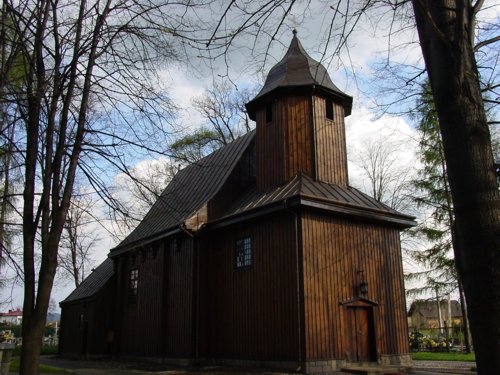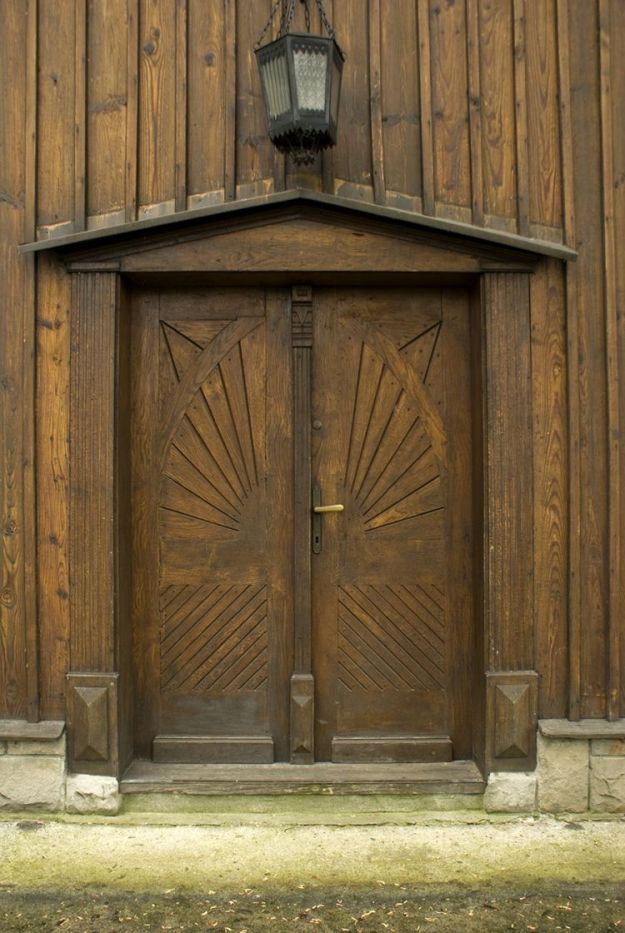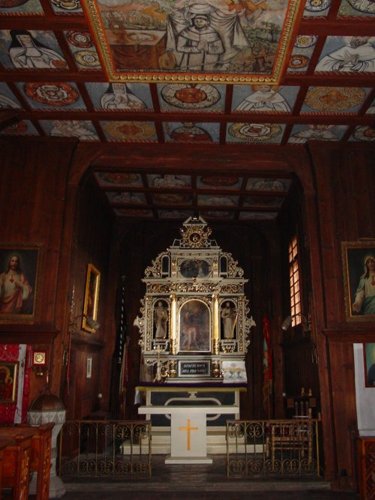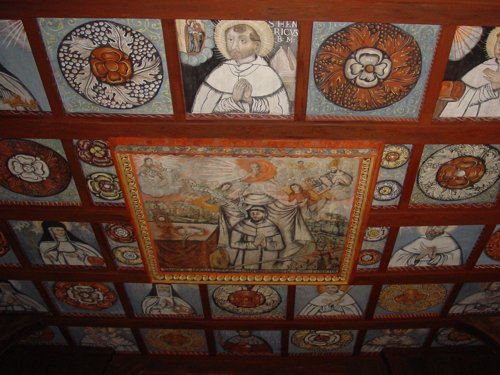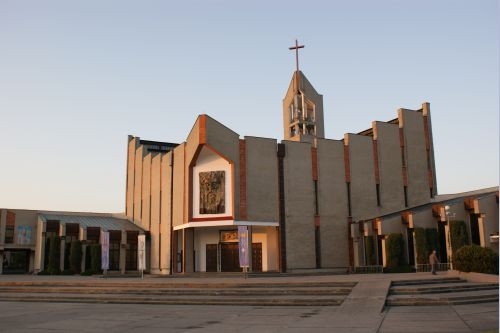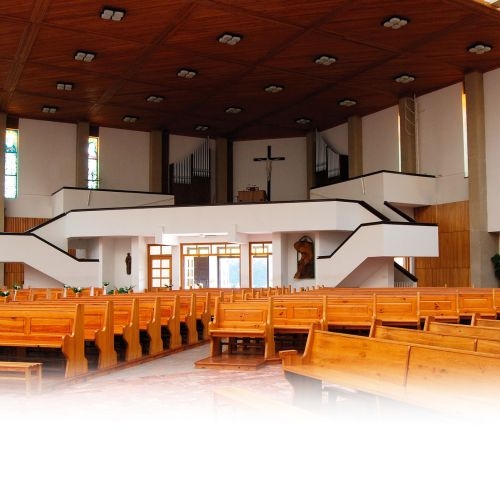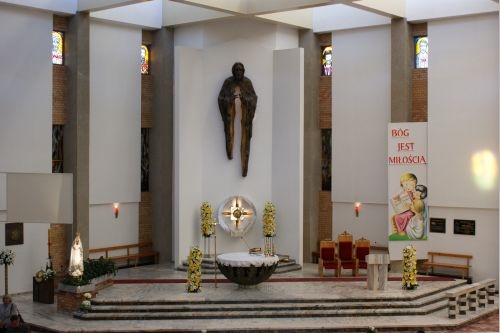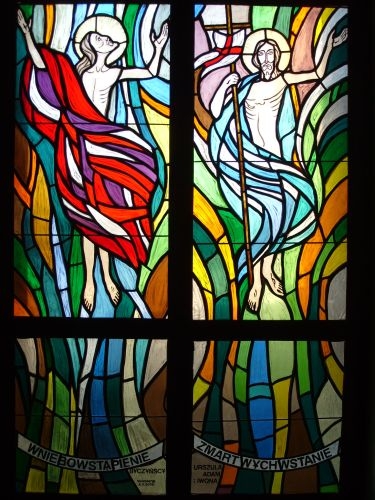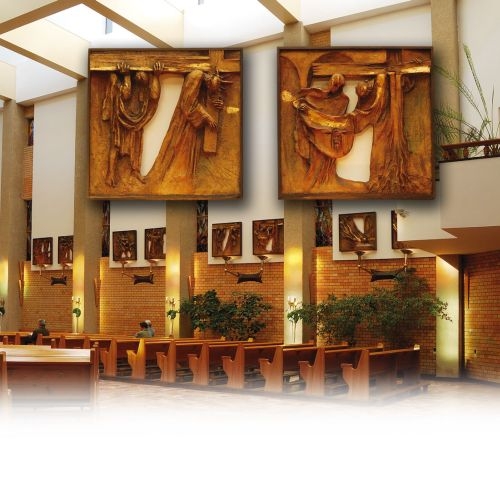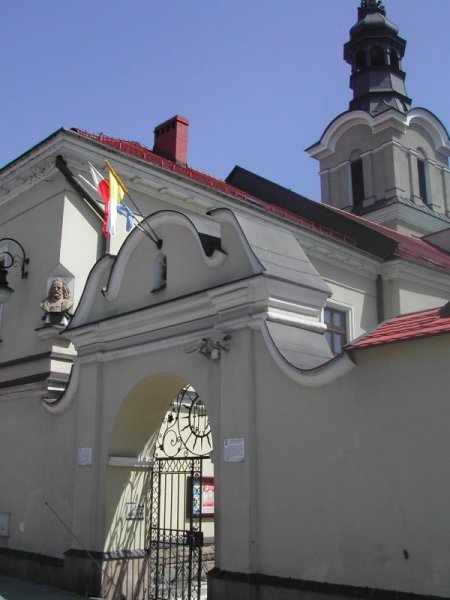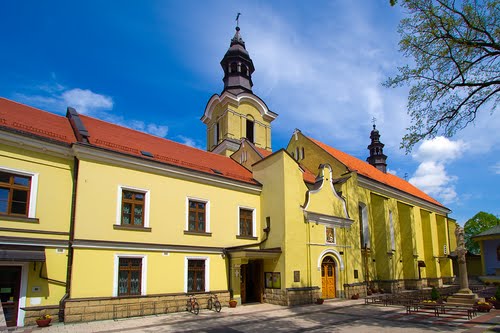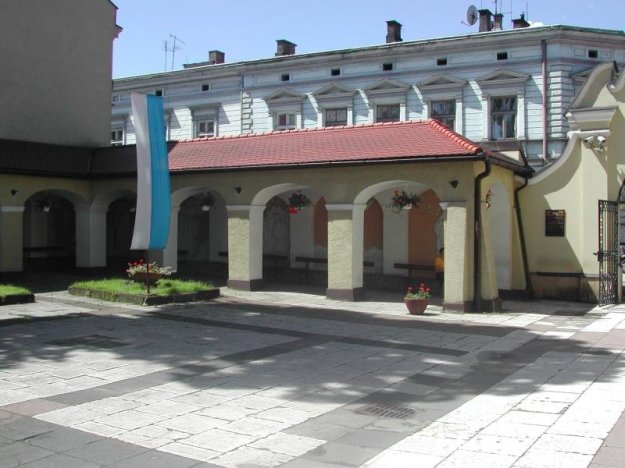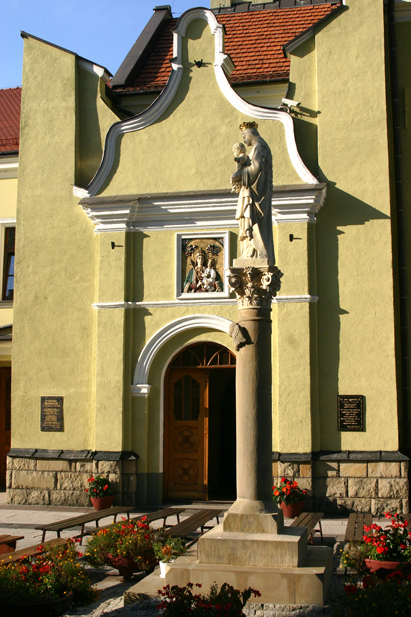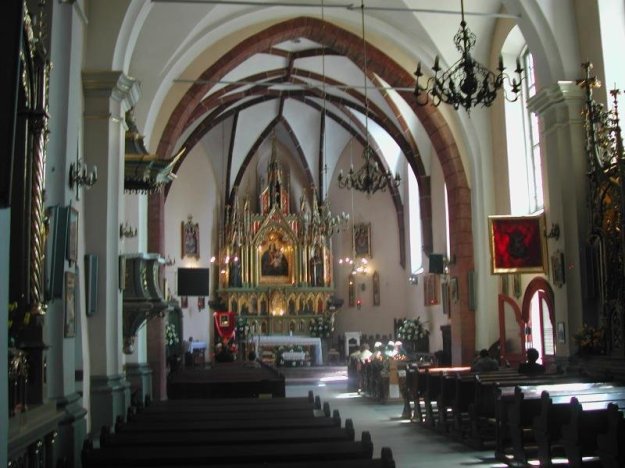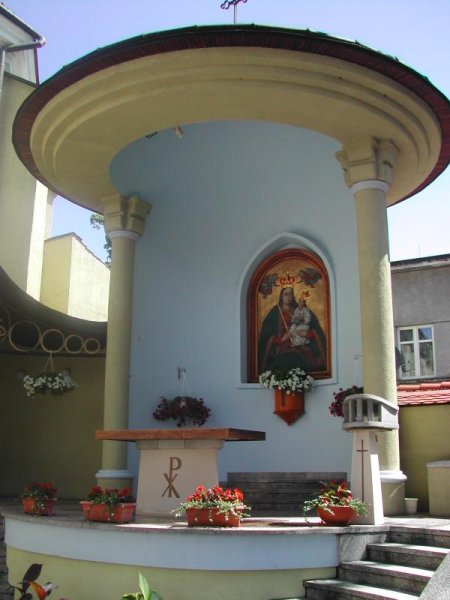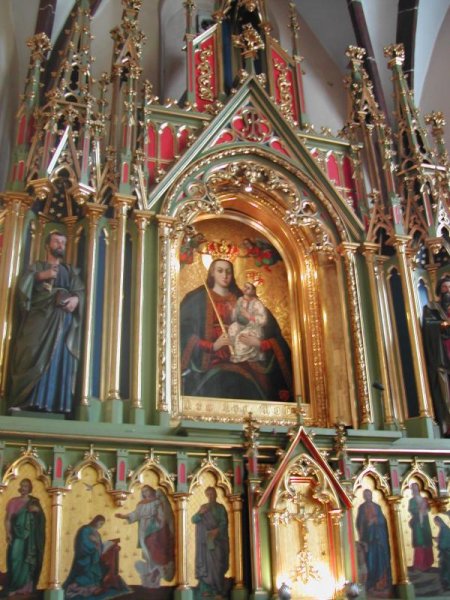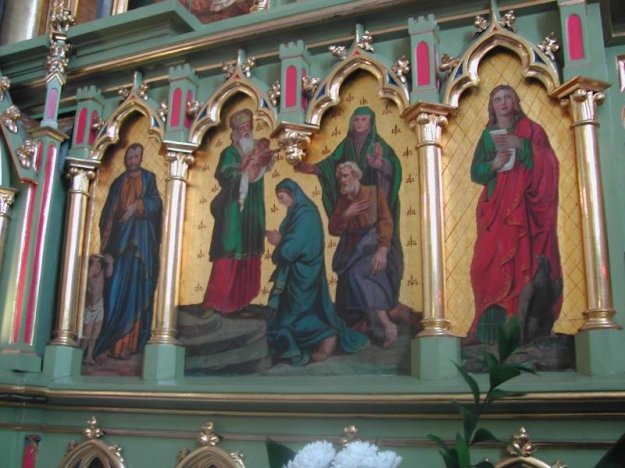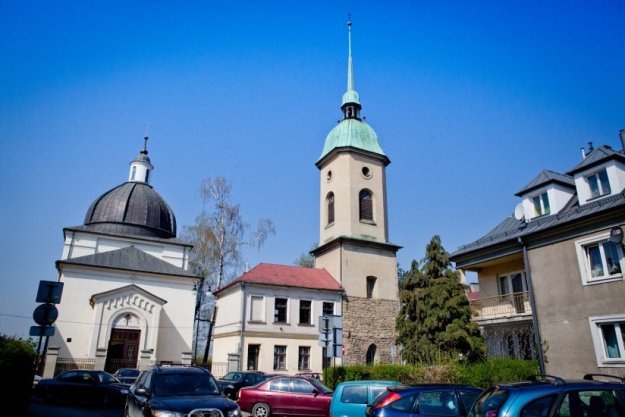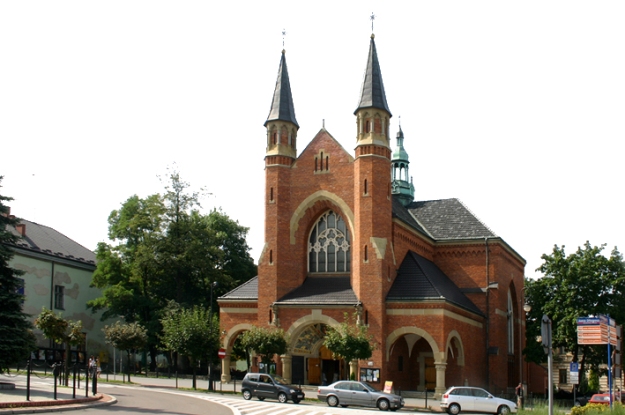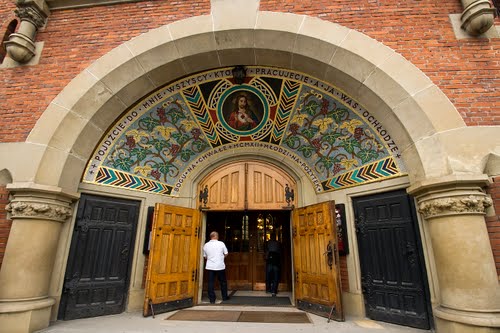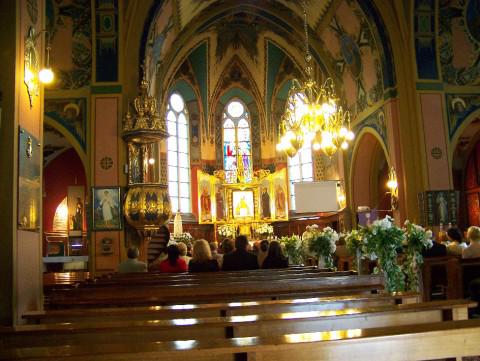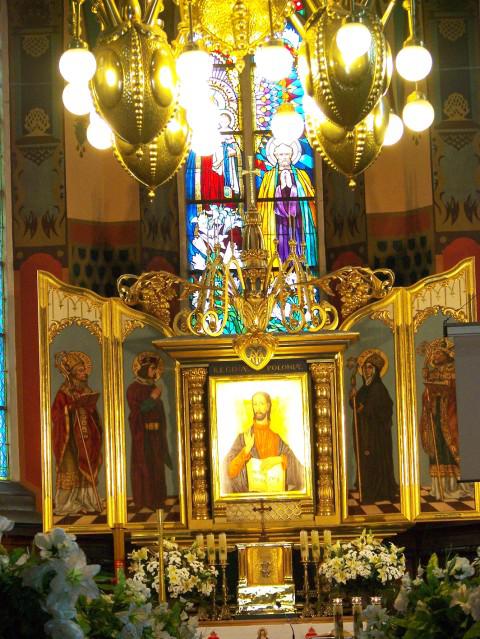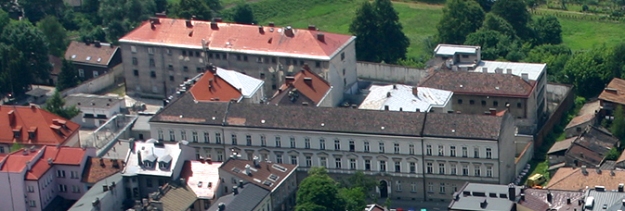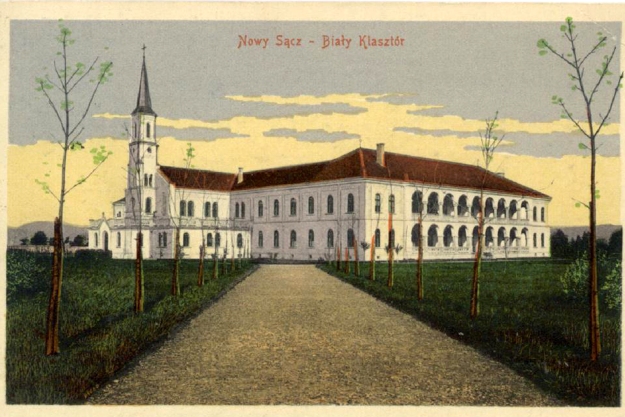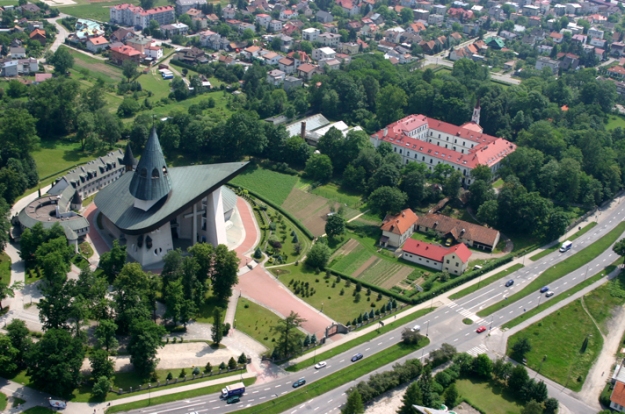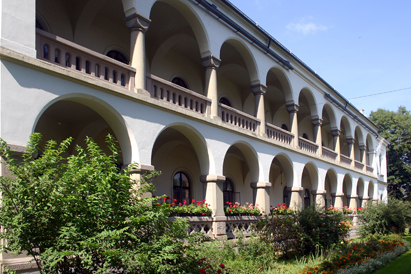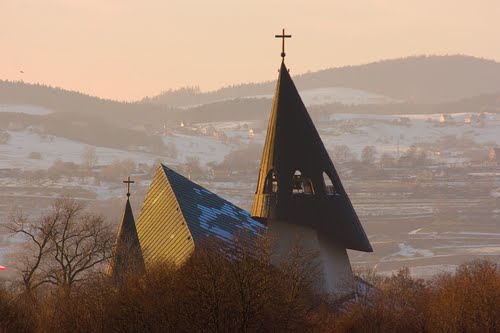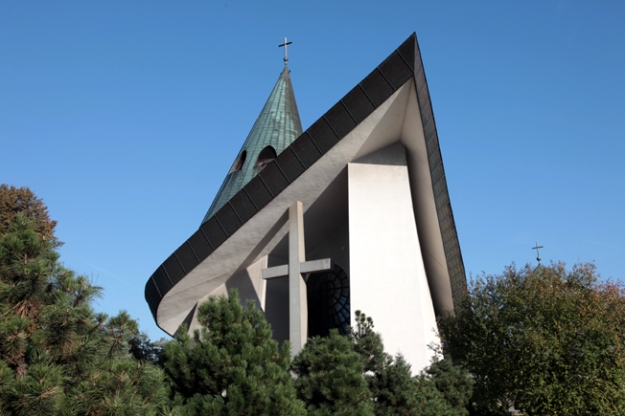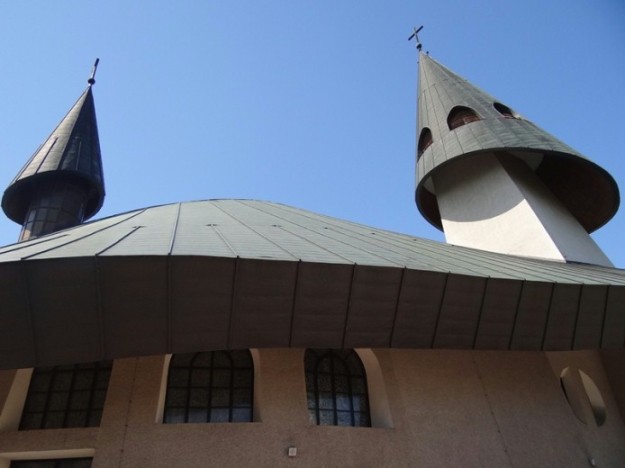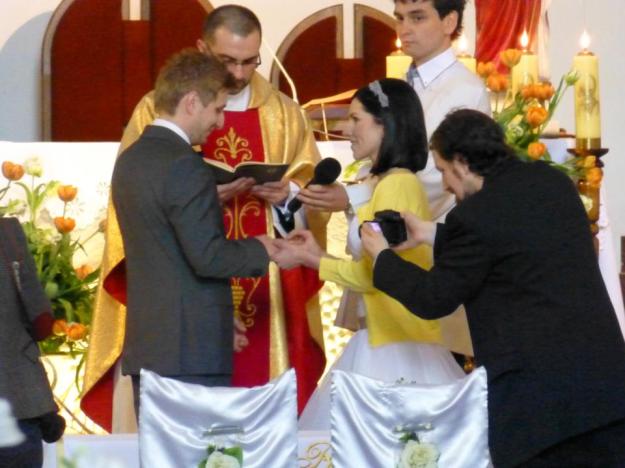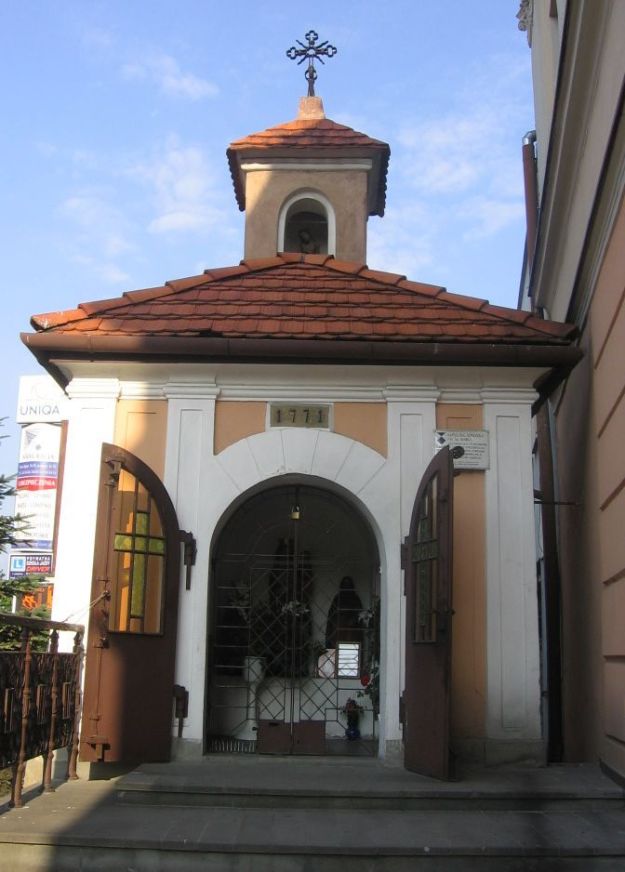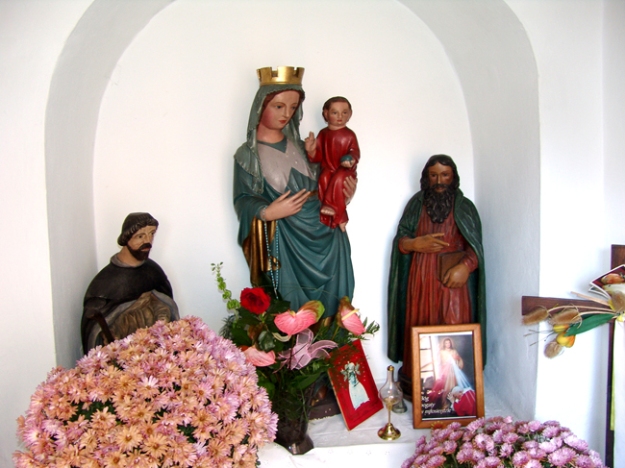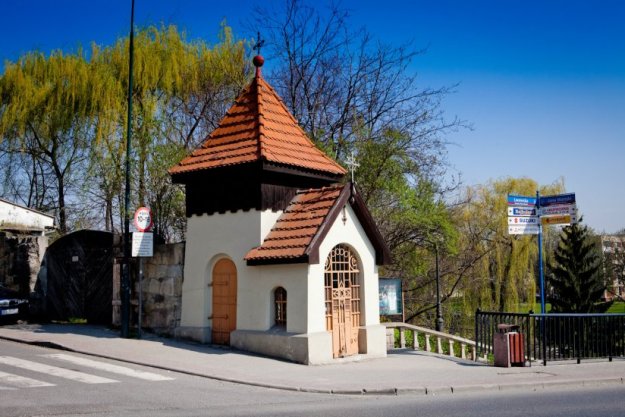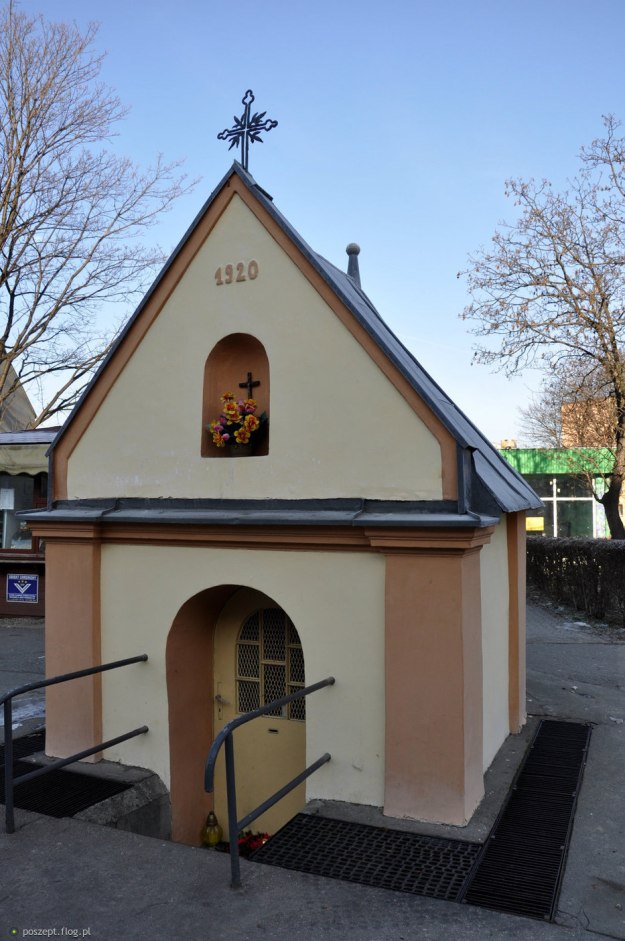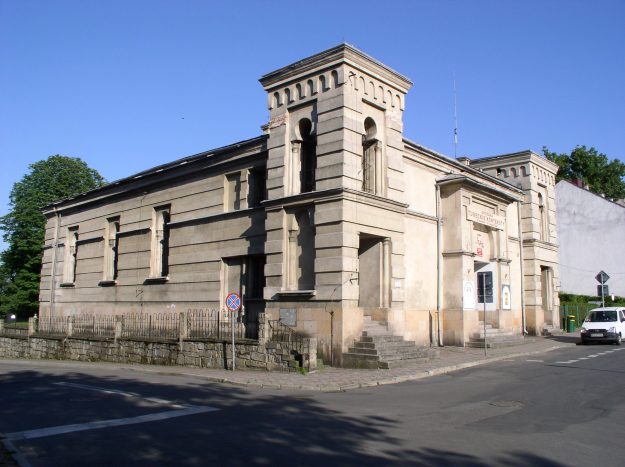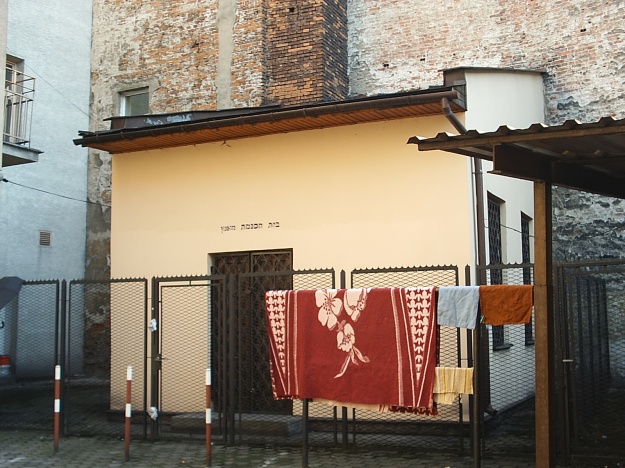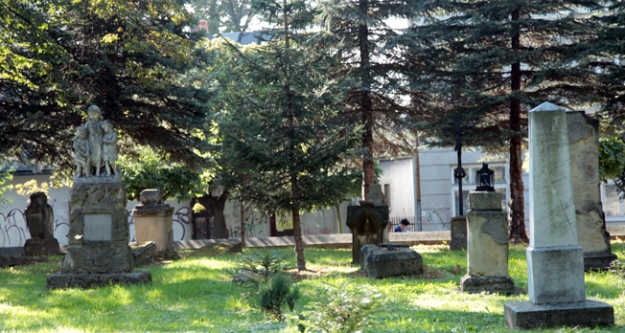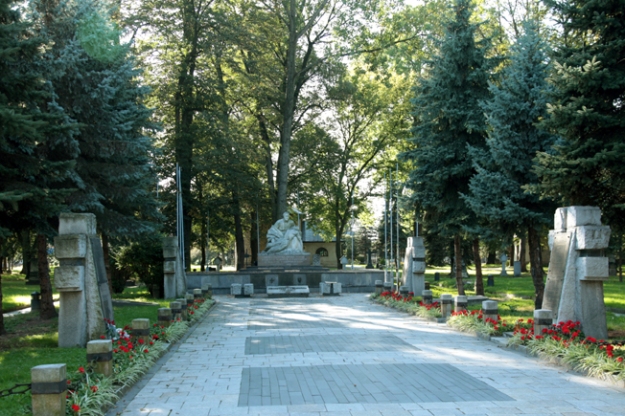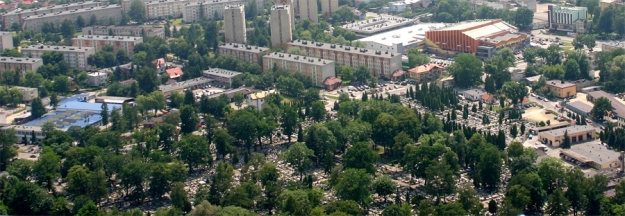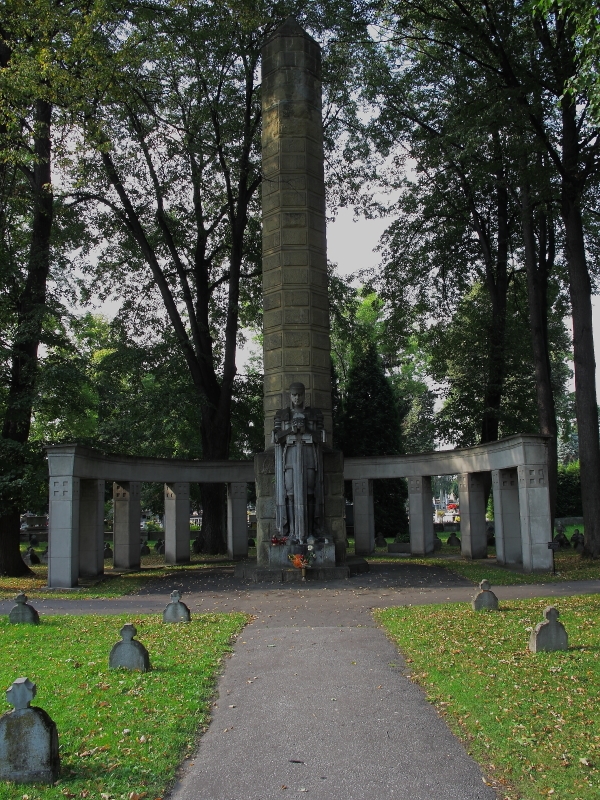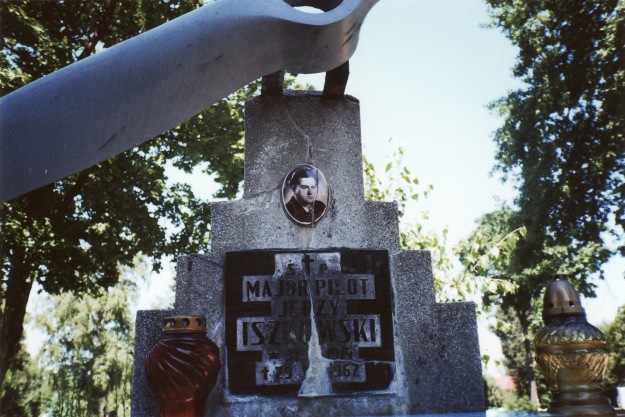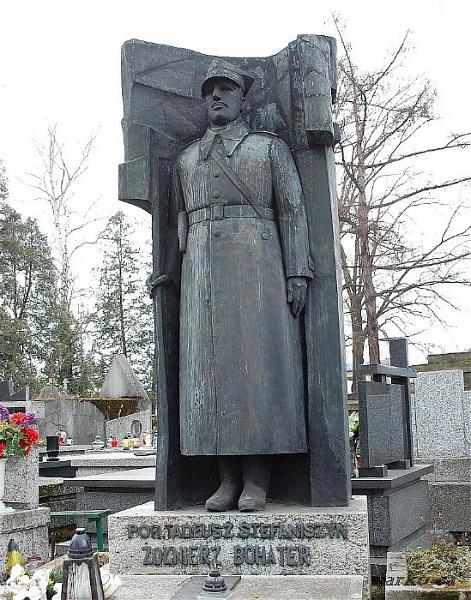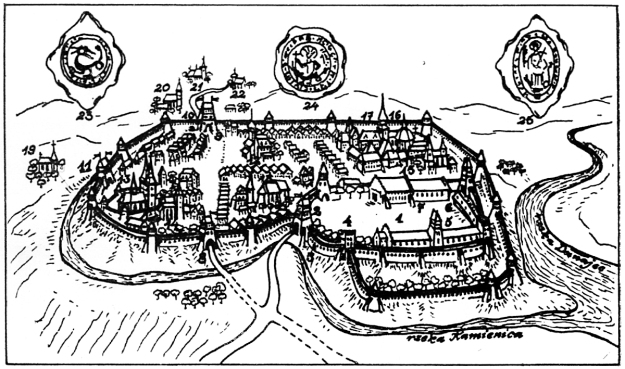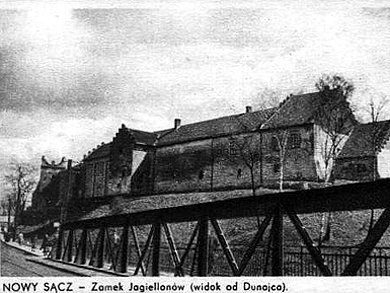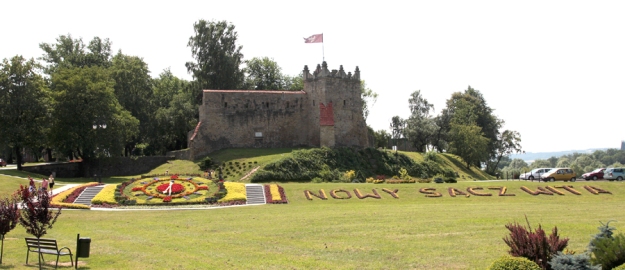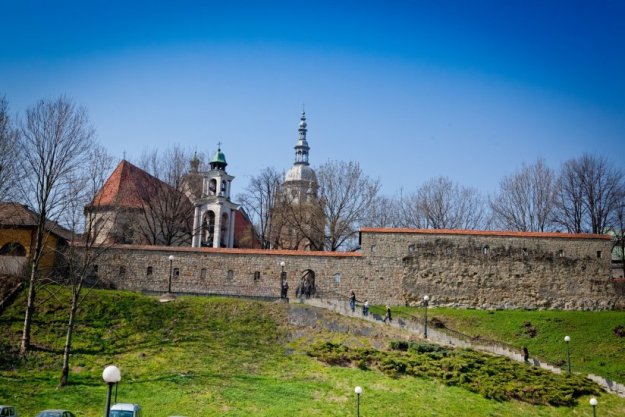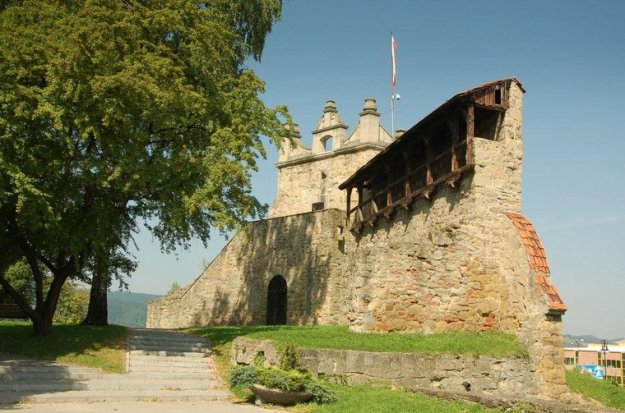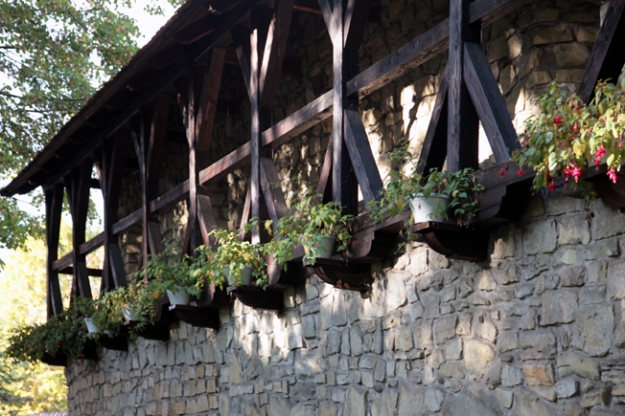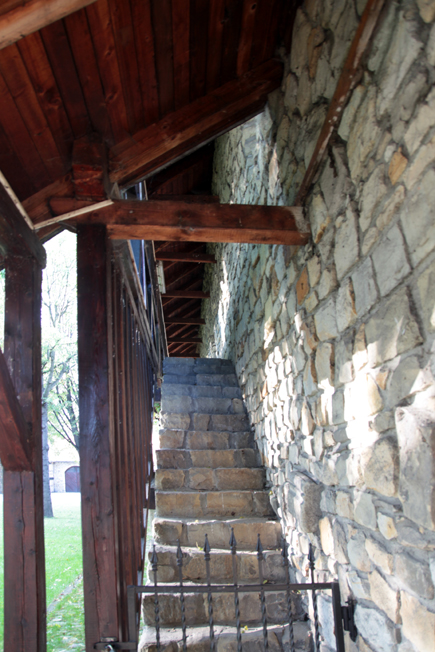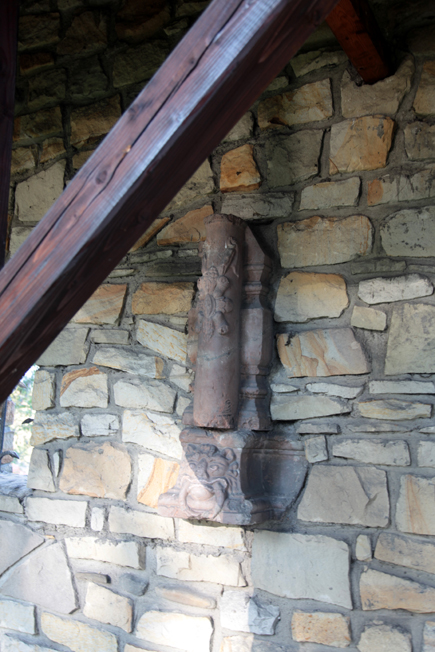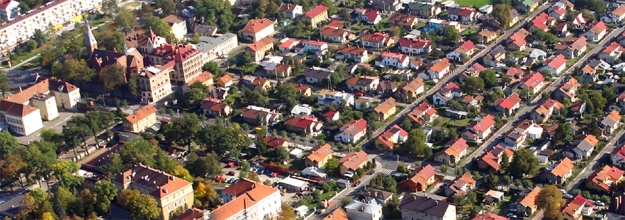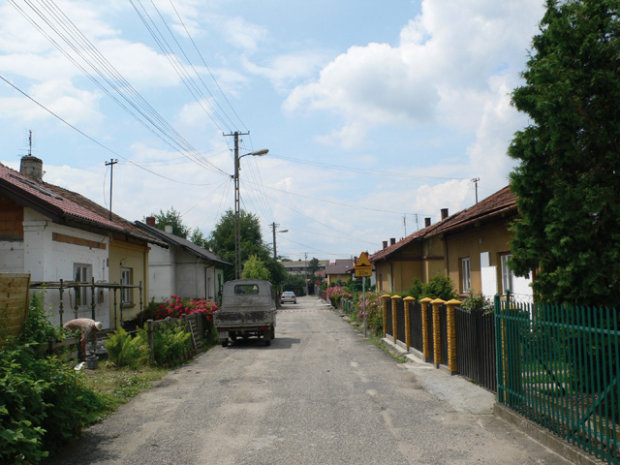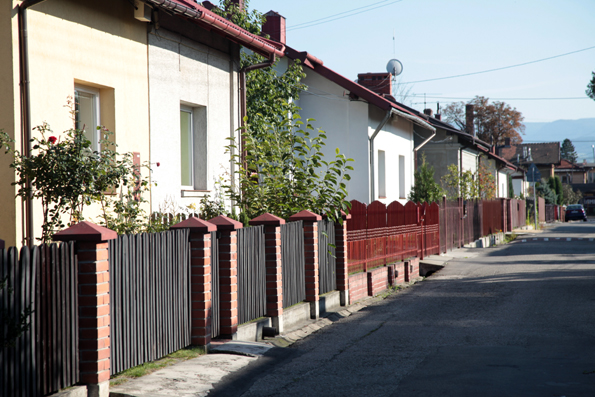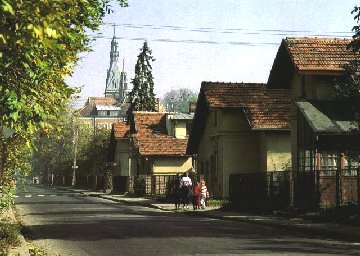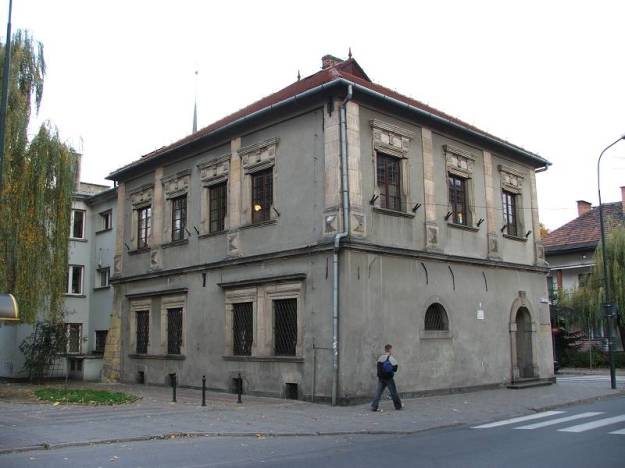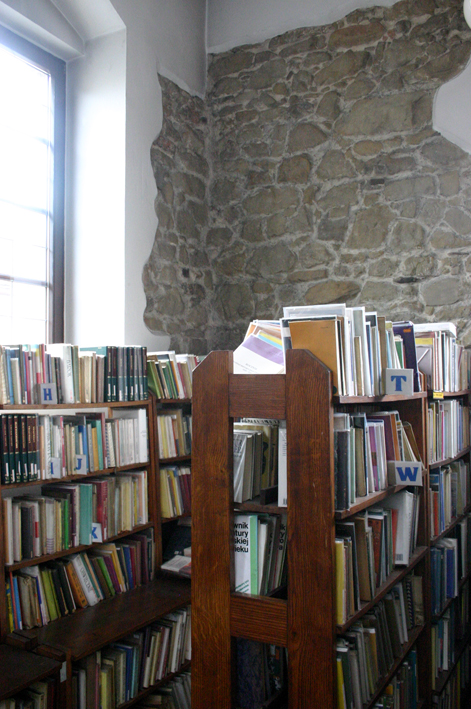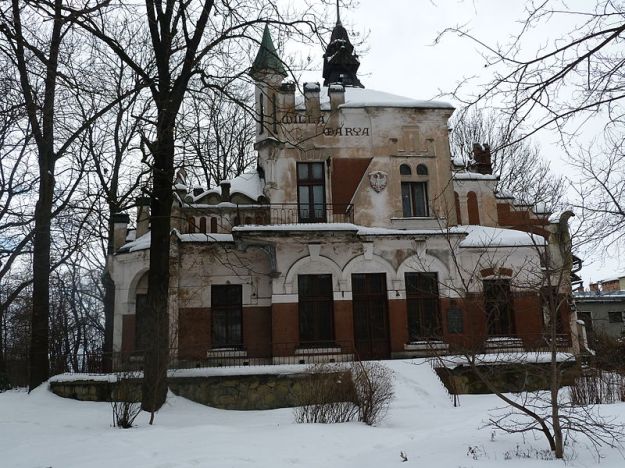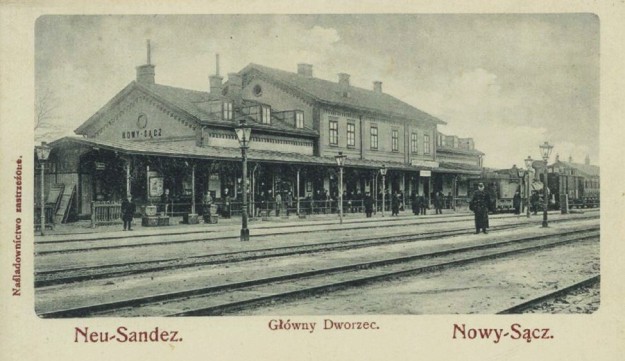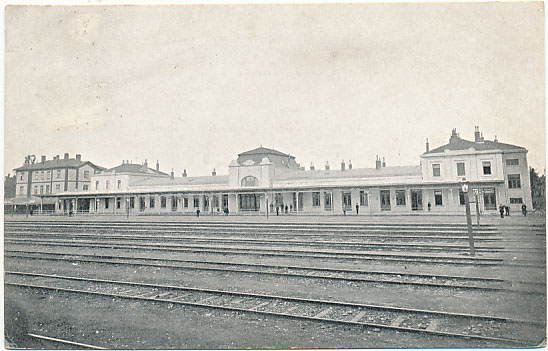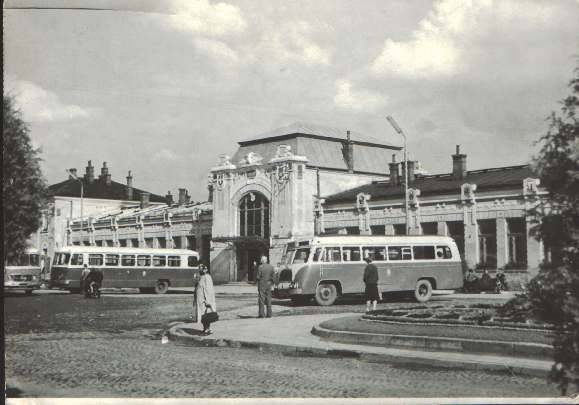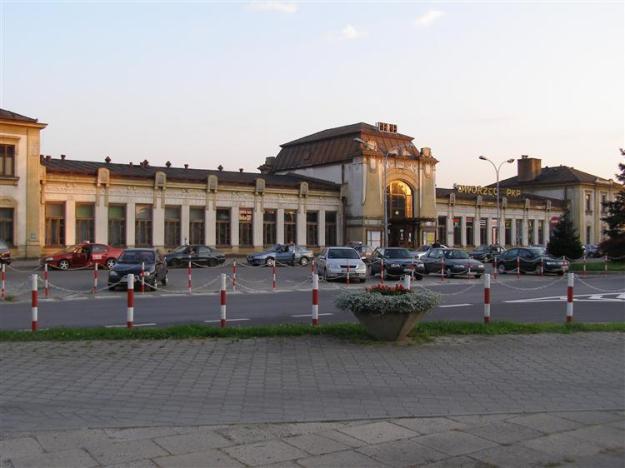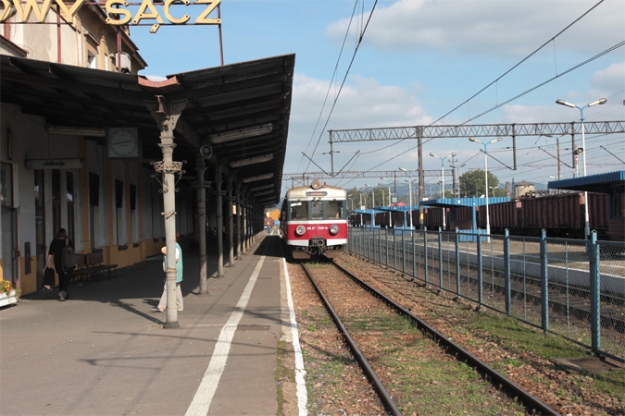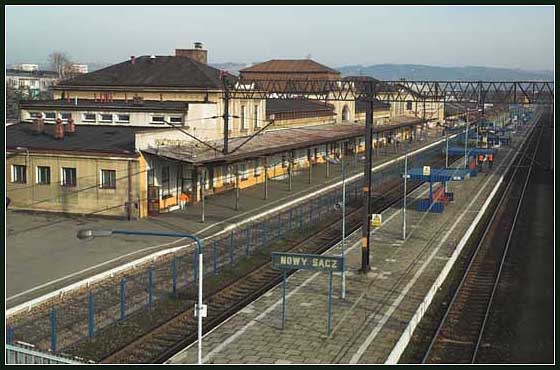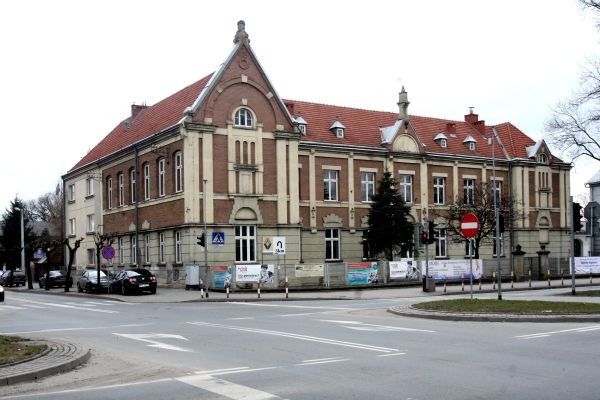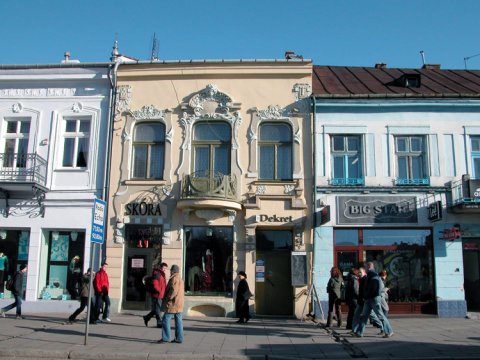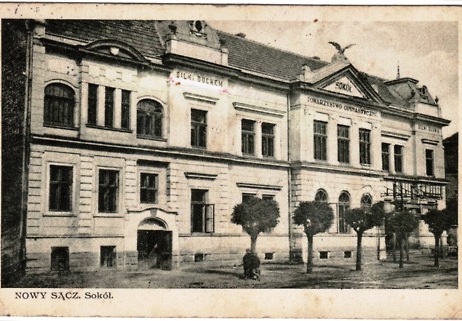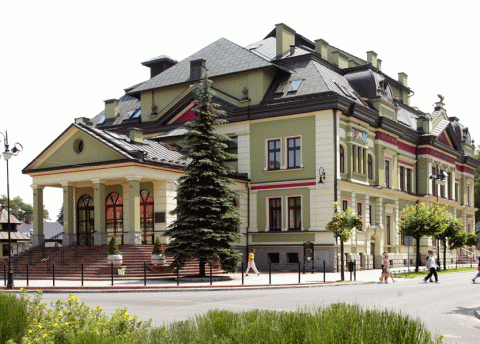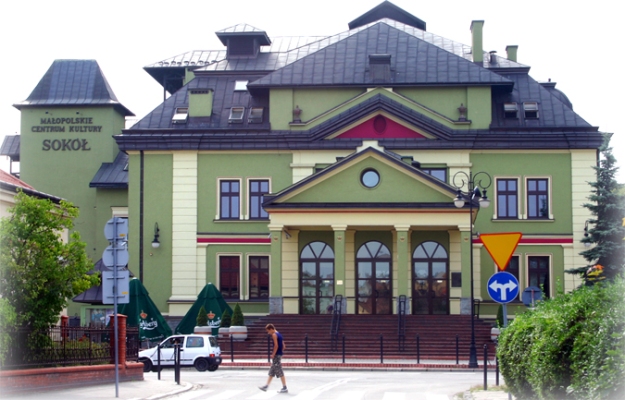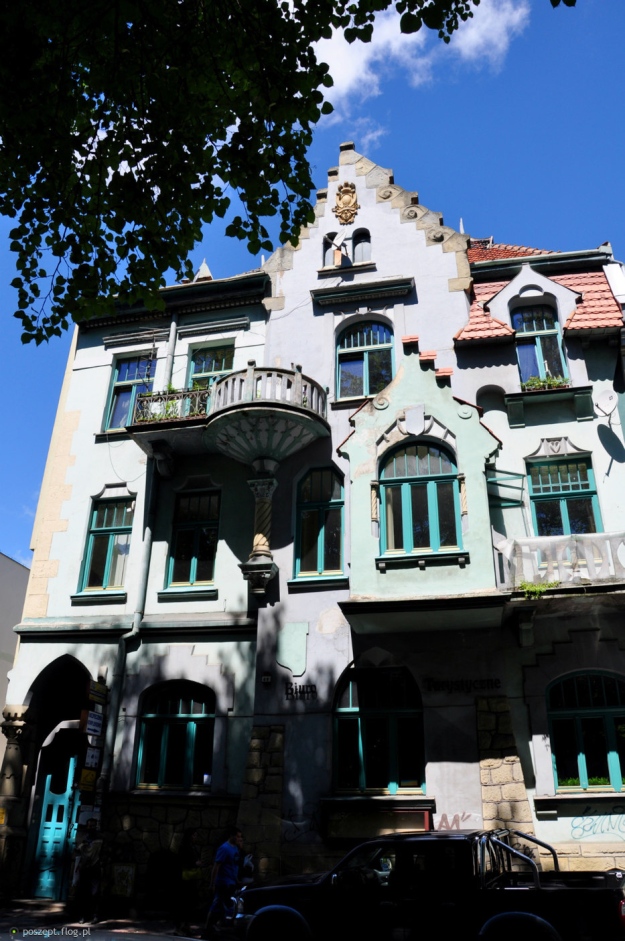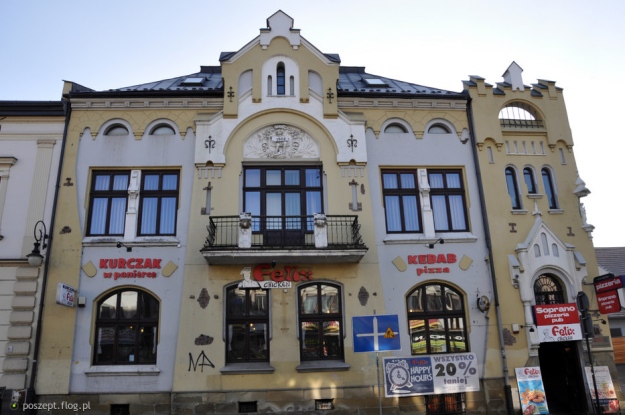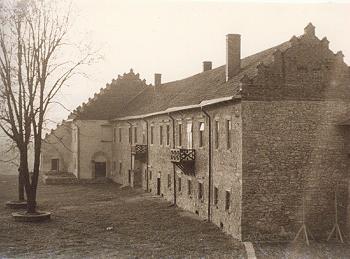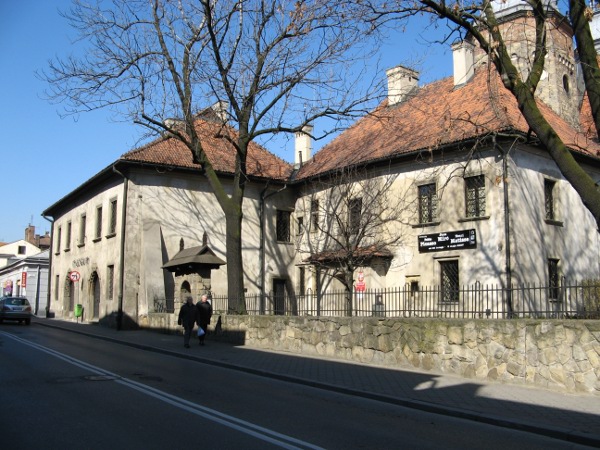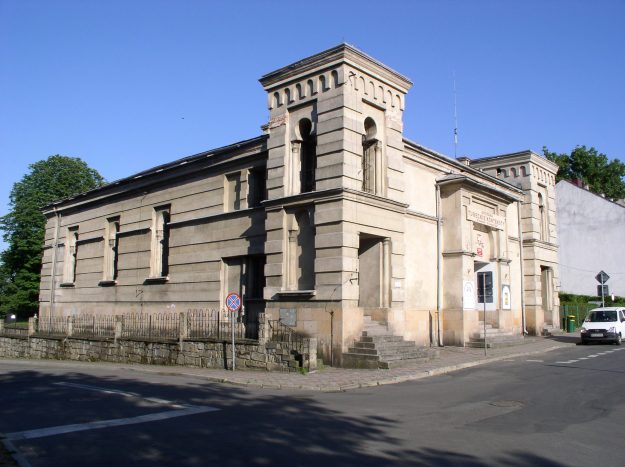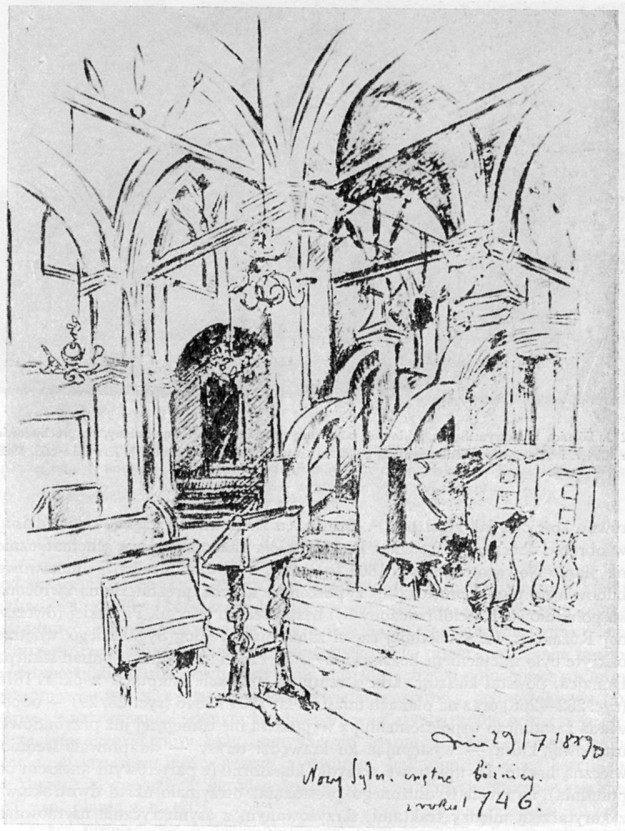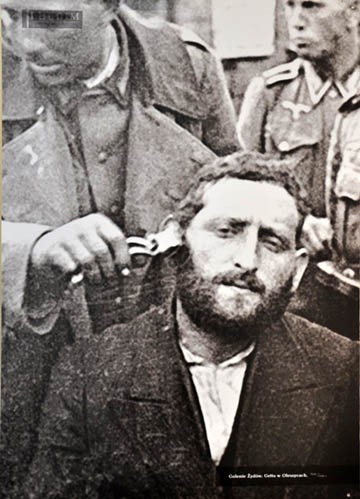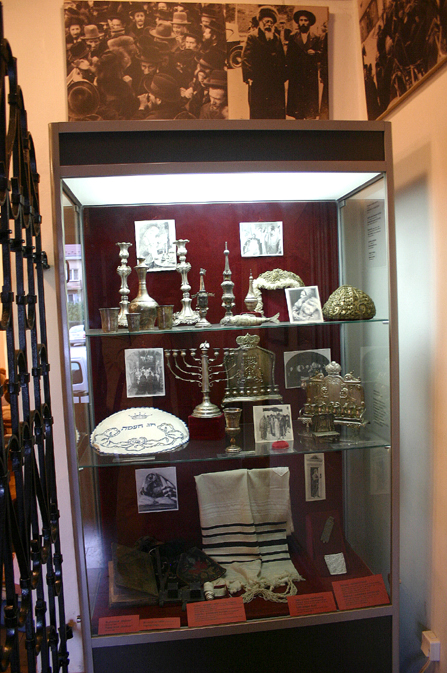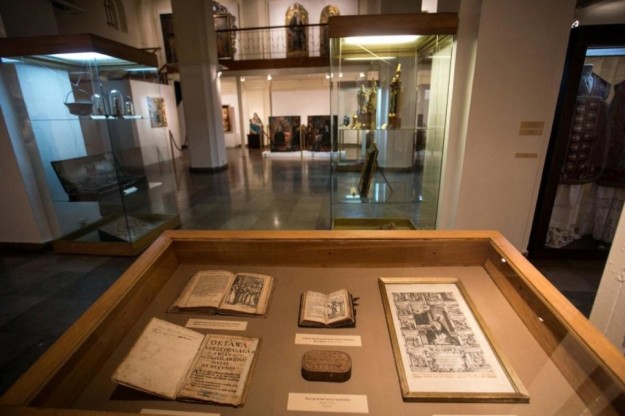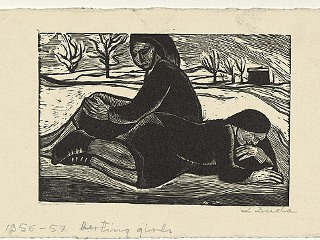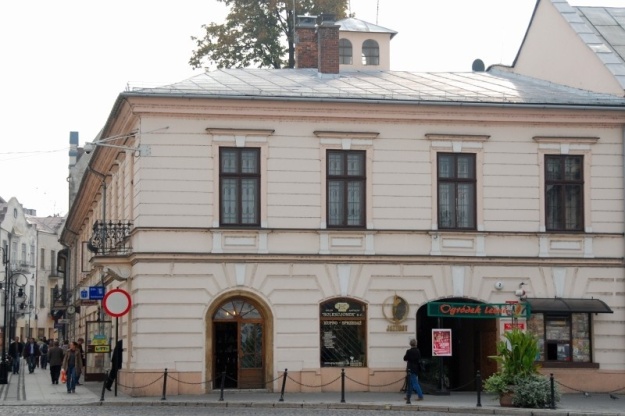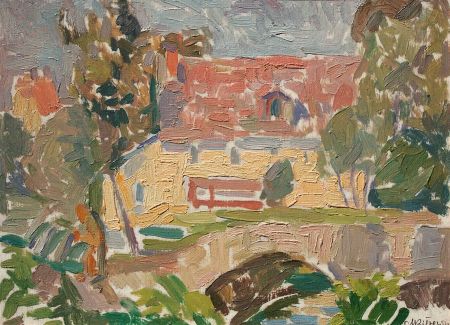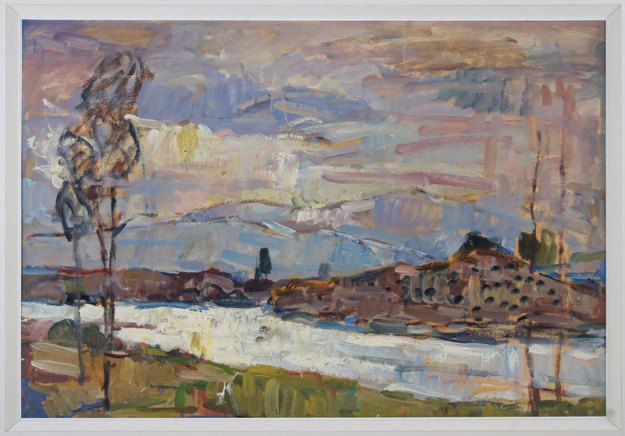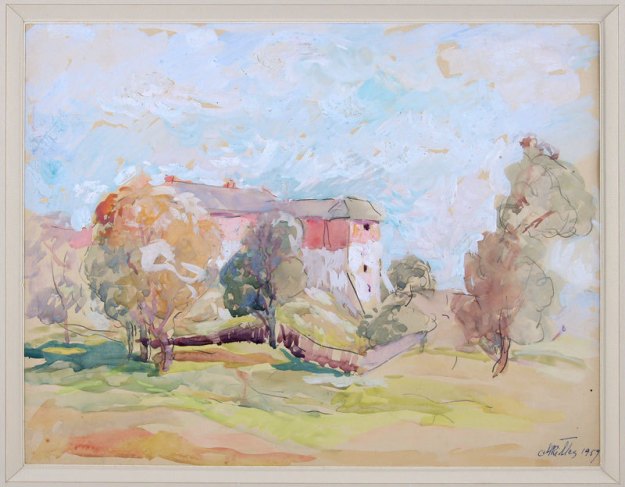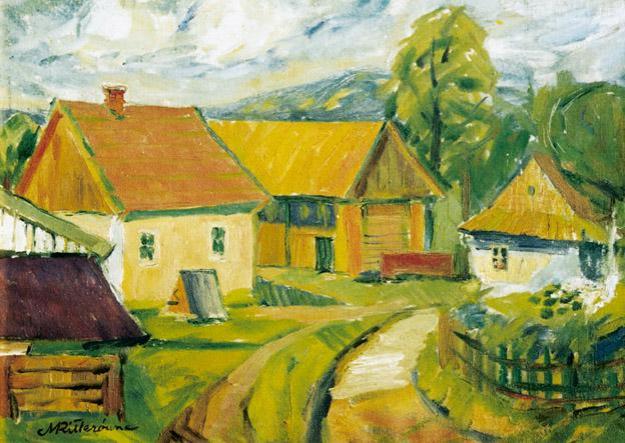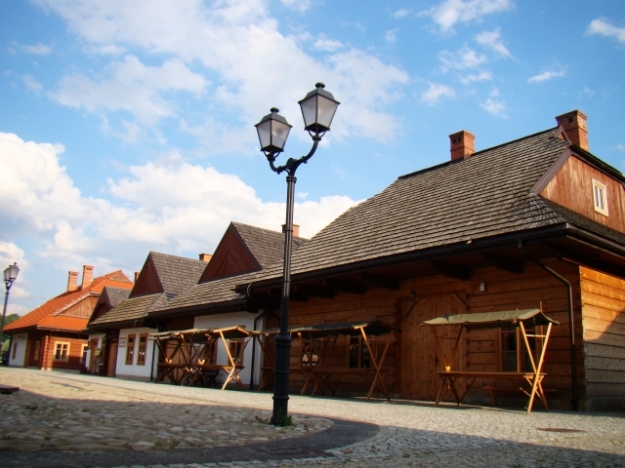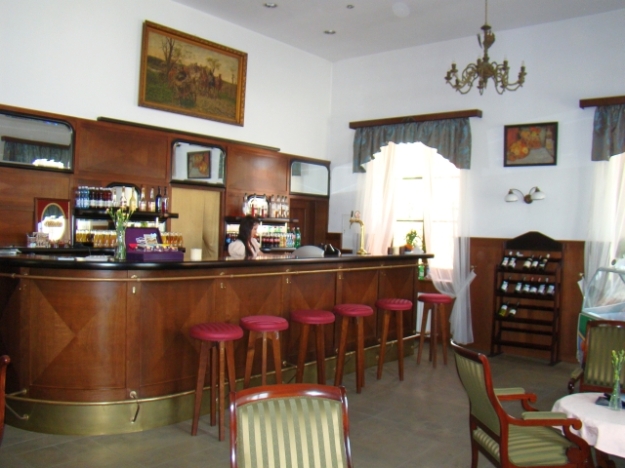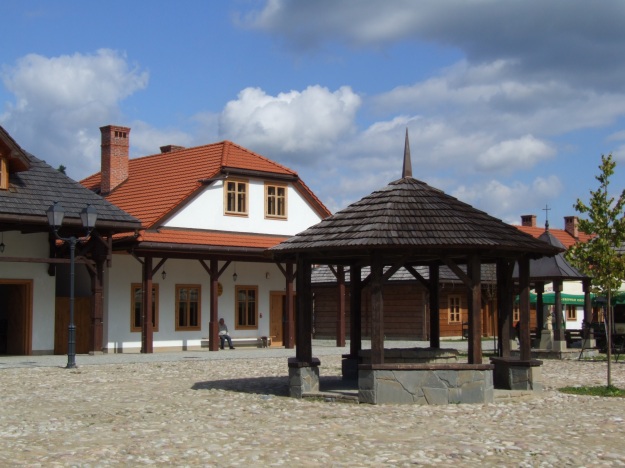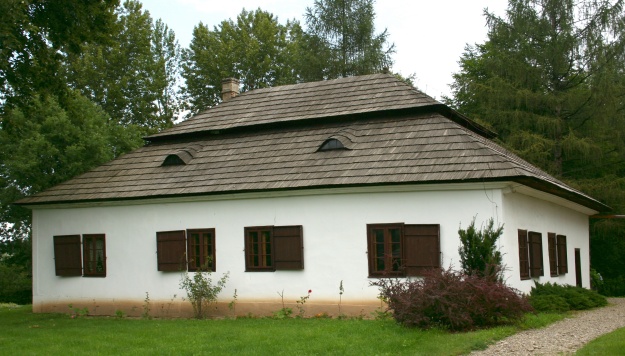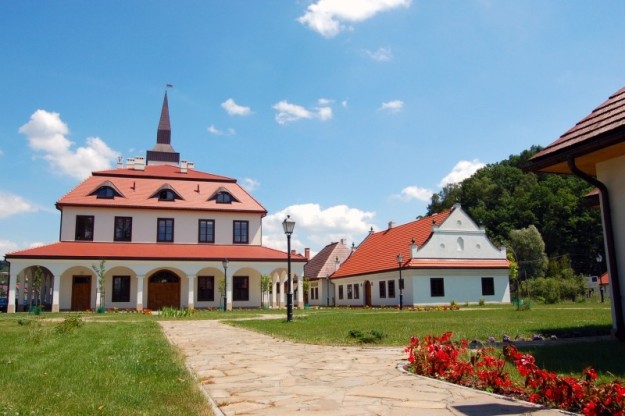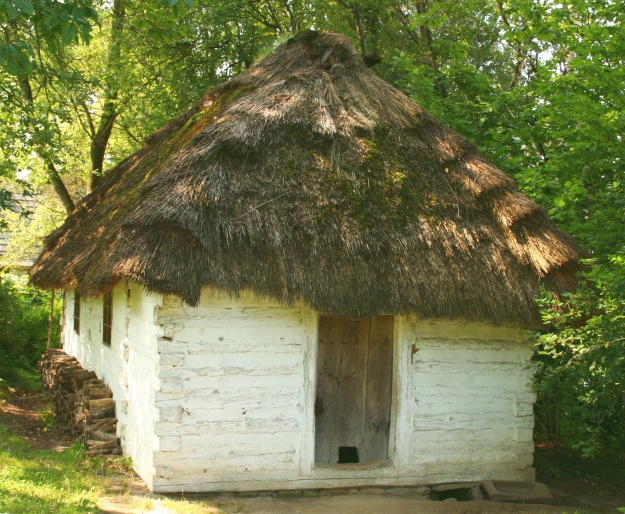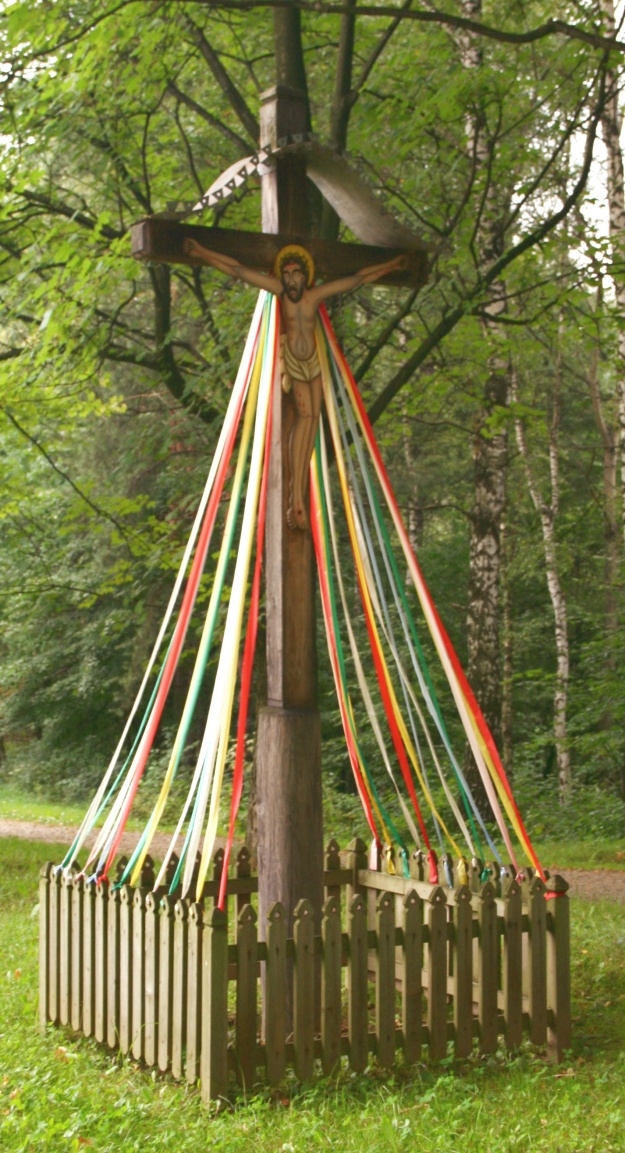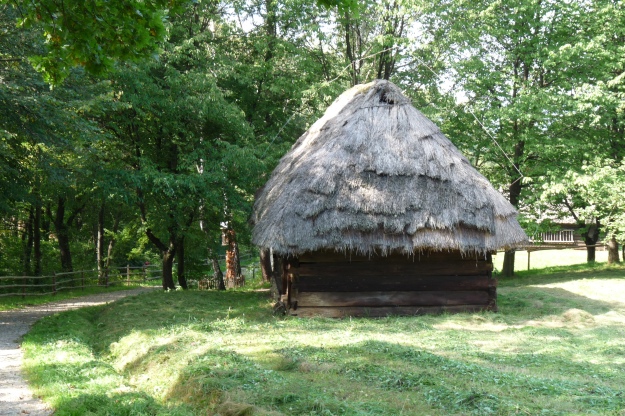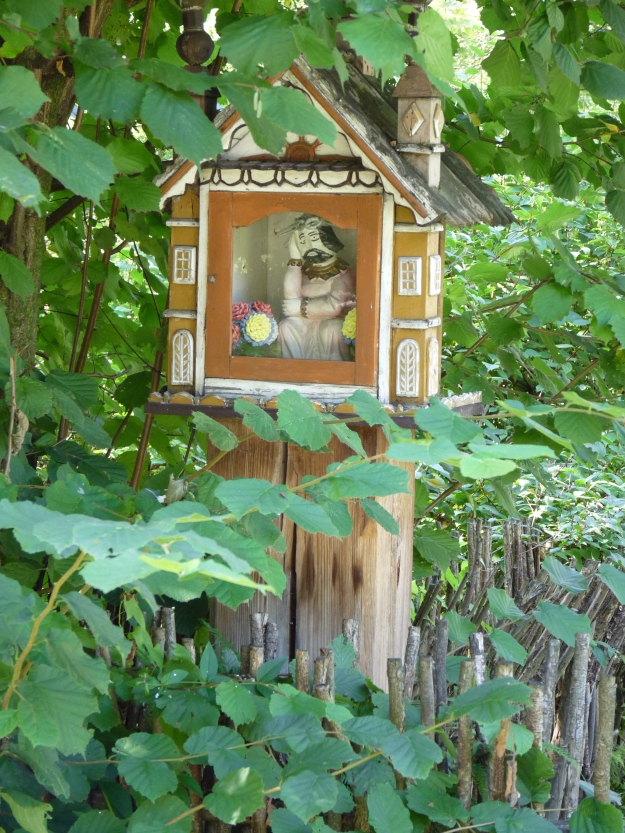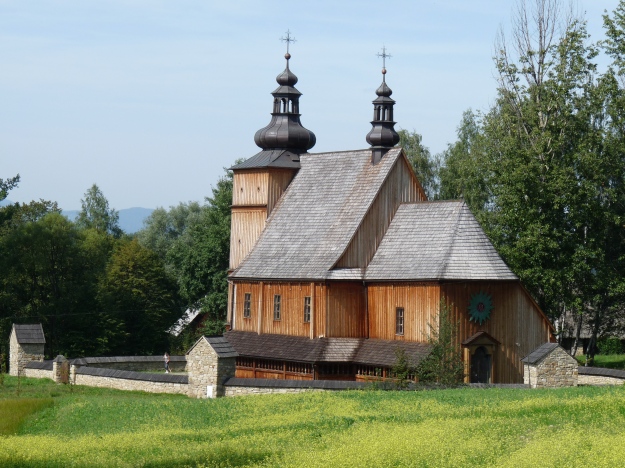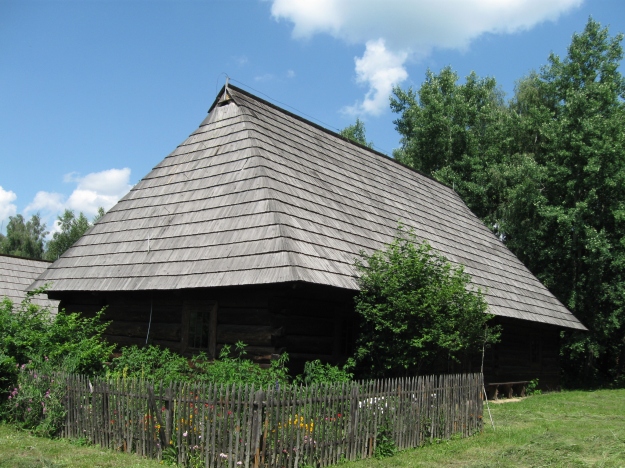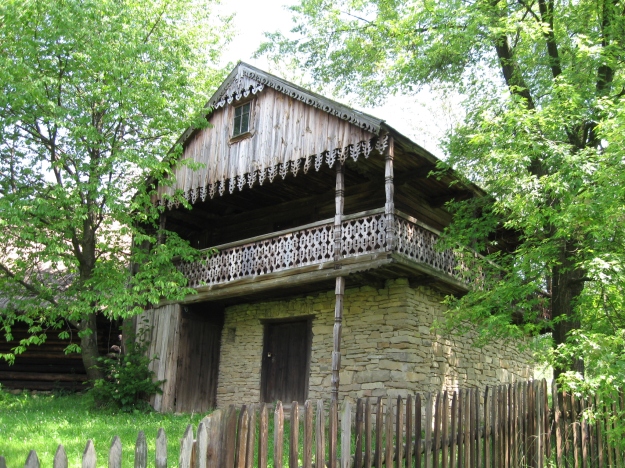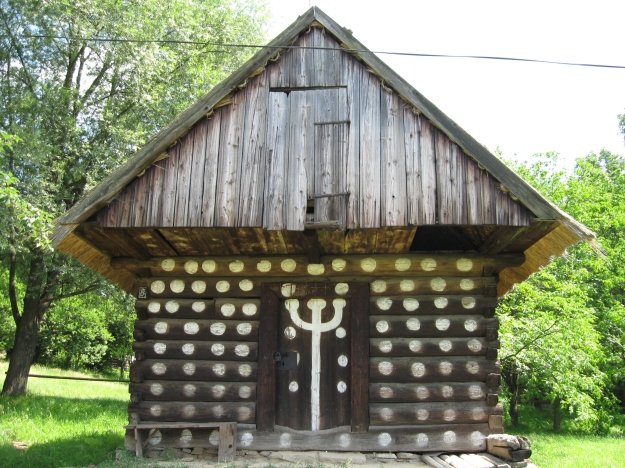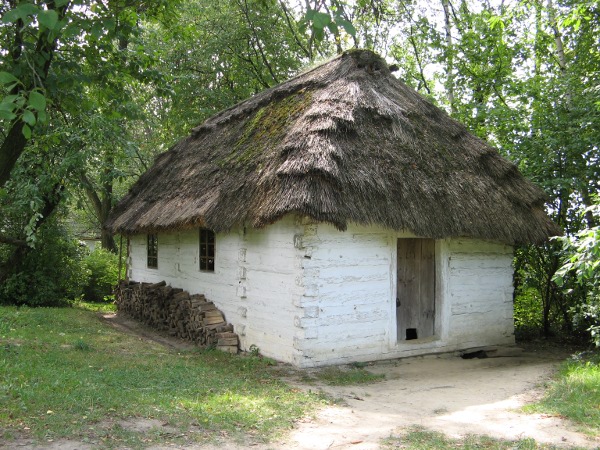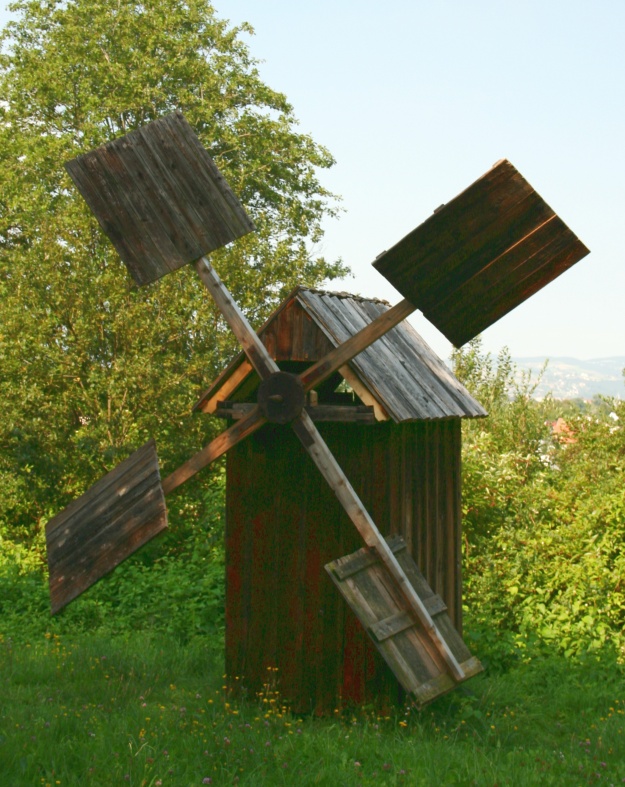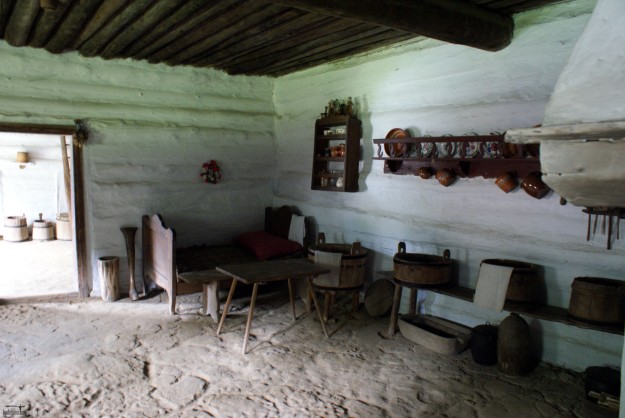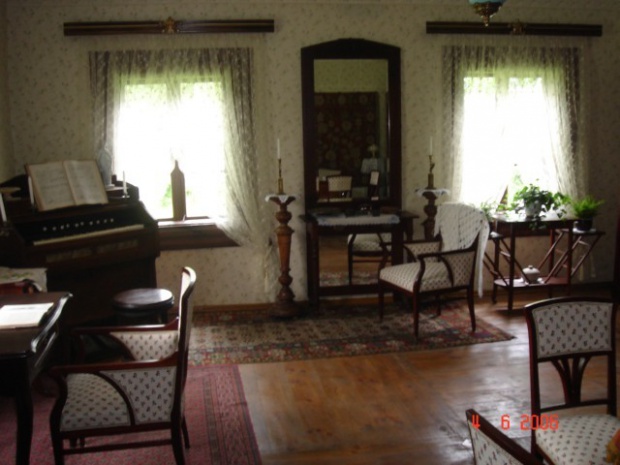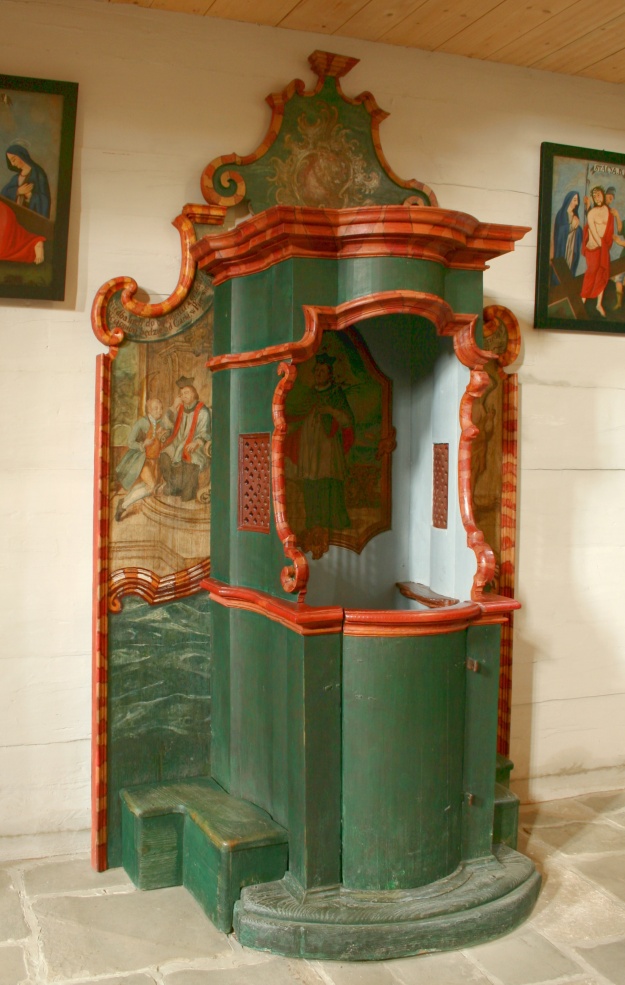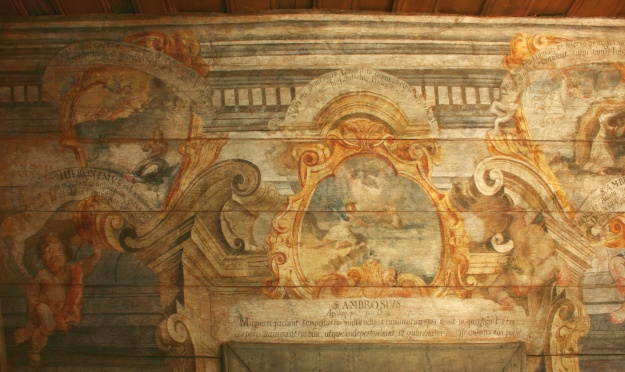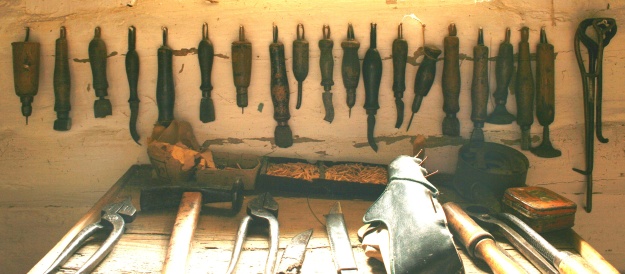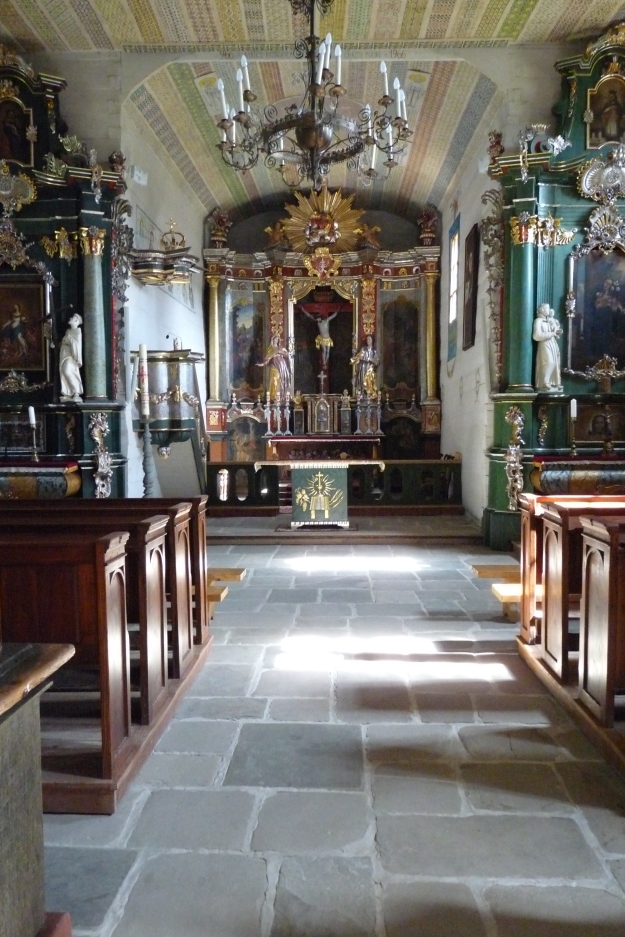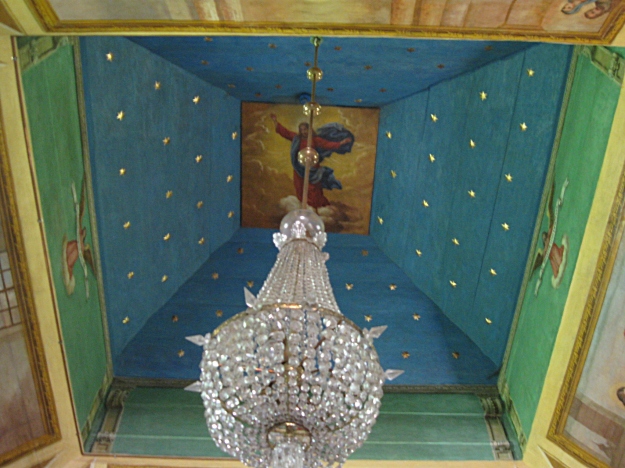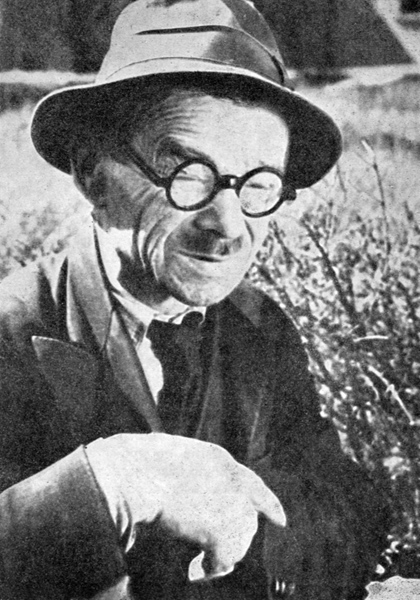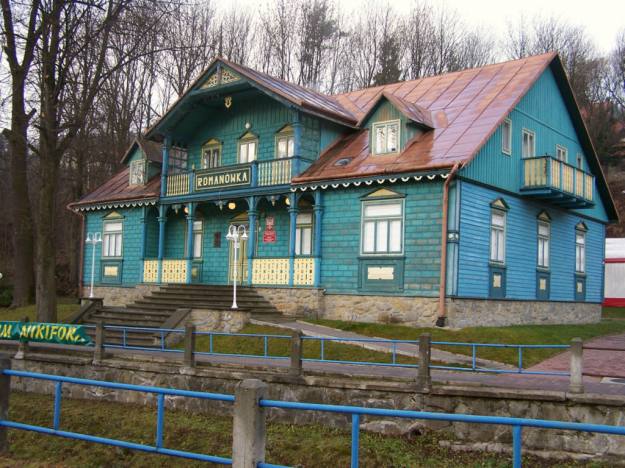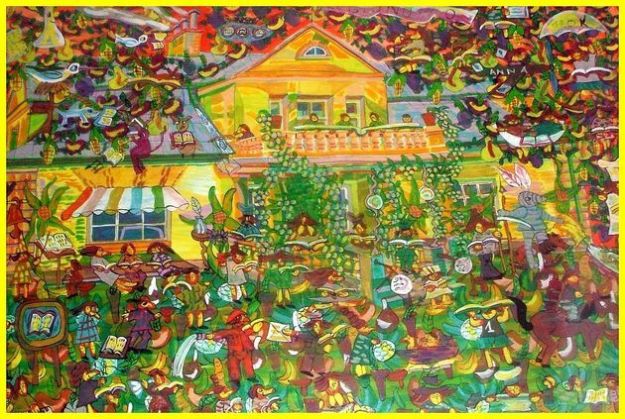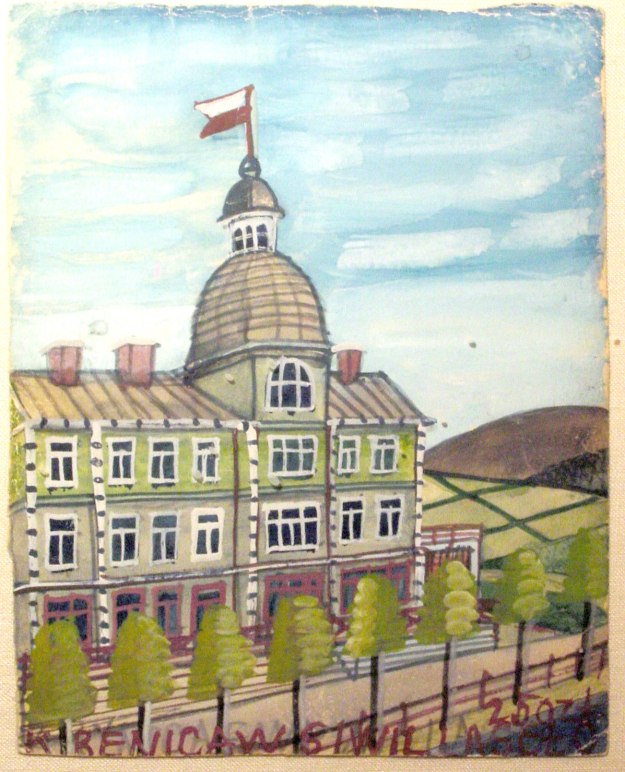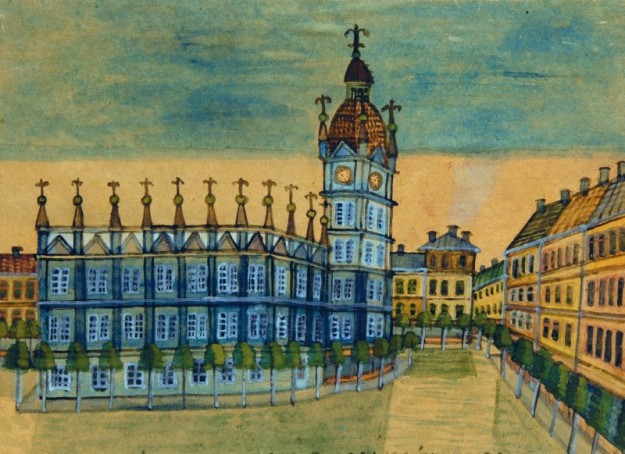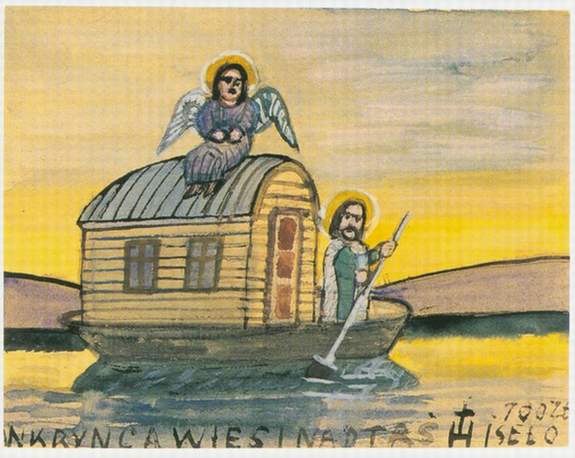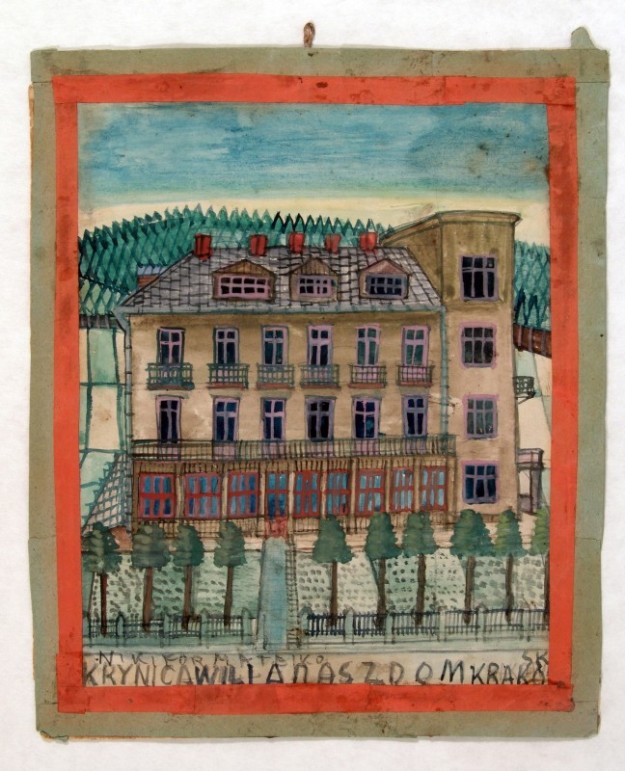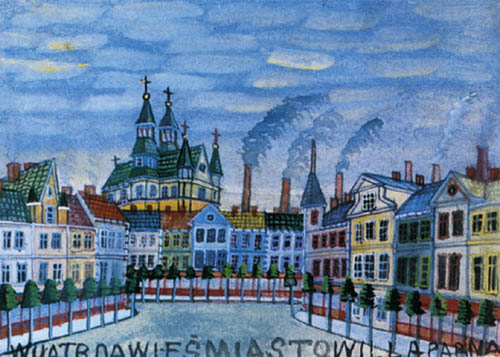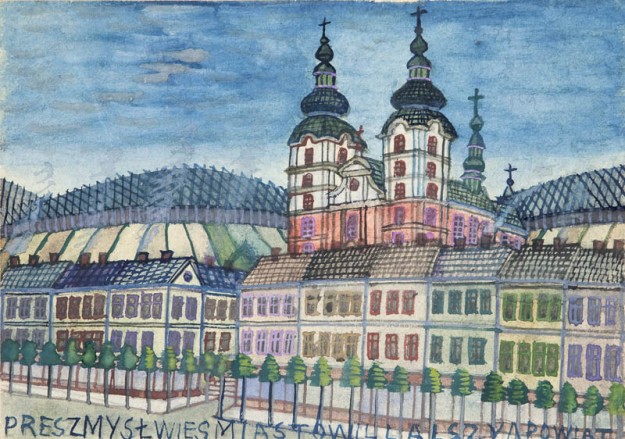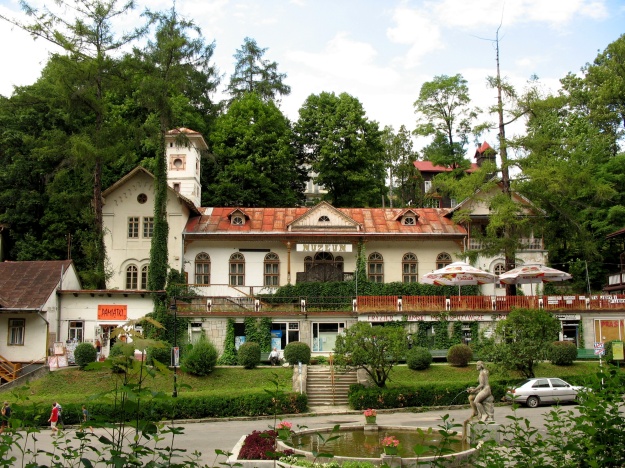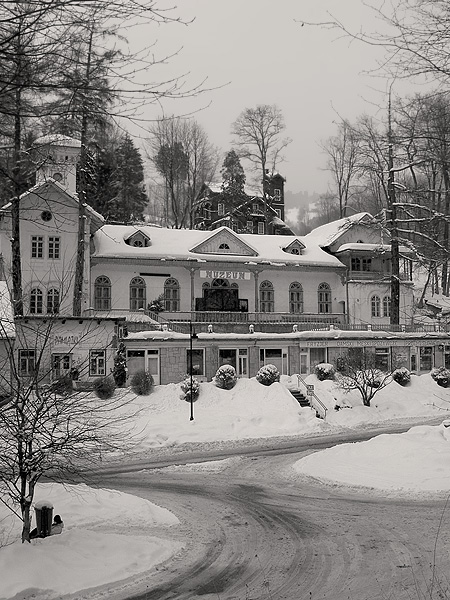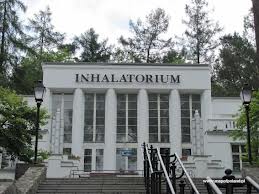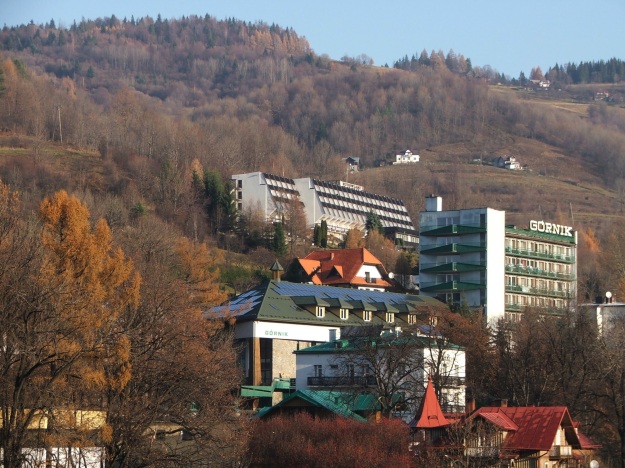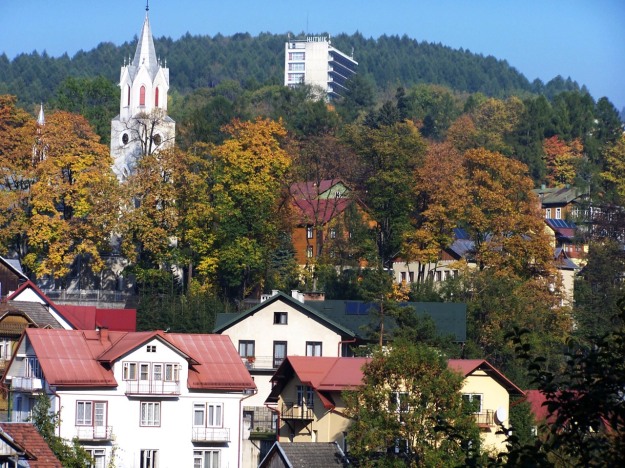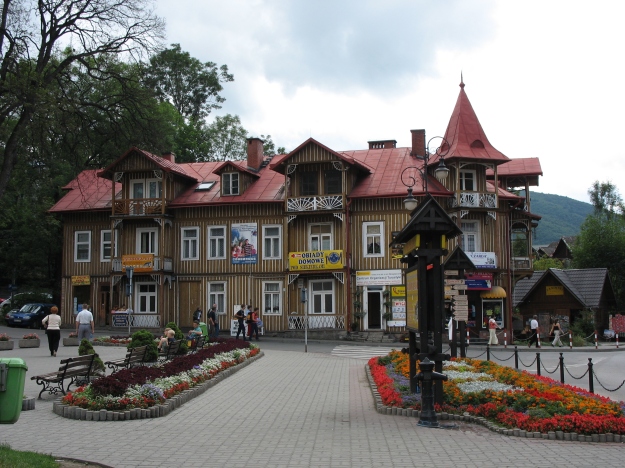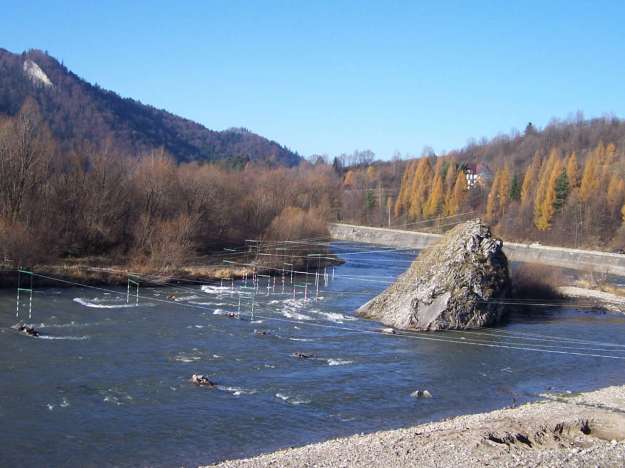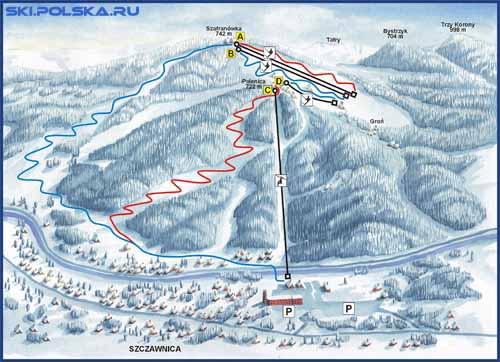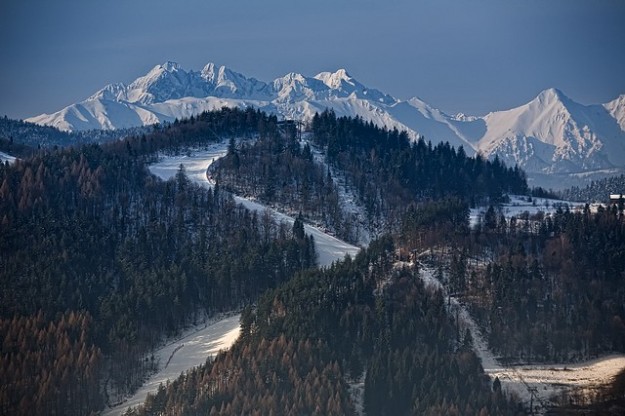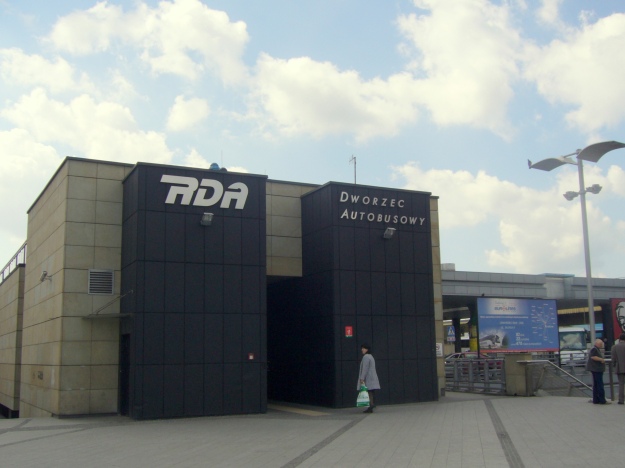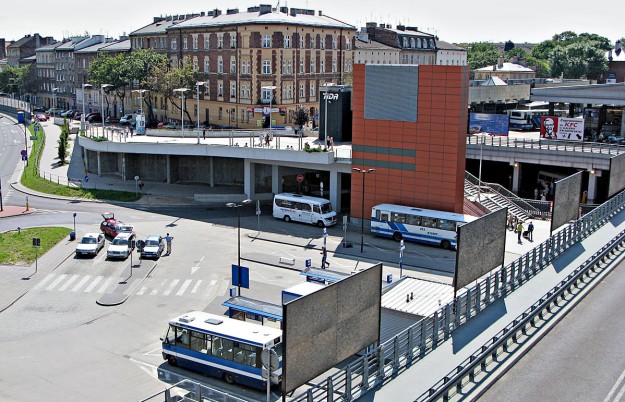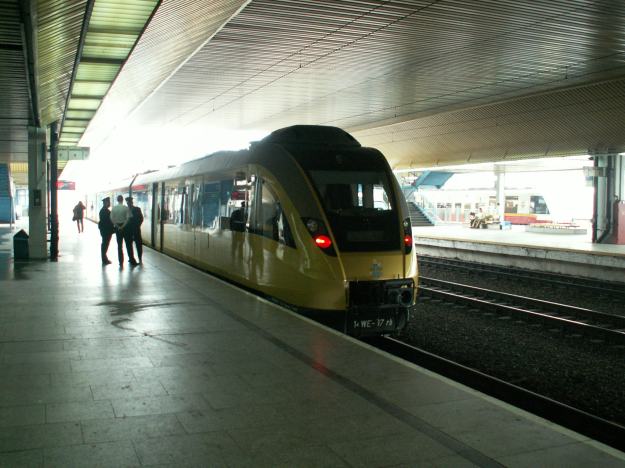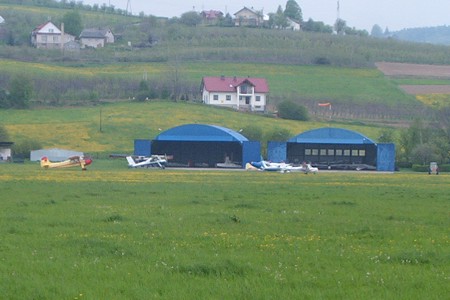About Nowy Sącz
Nowy Sącz is our local town – it’s about 15km by road from the house to the rynek.
It is also the capital of our county (powiat nowosądecki), though it’s an urban county in its own right, and has gone by many names – to keep the story short, know that it was called Újszandec when it was ruled by the Hungarian Crown and Neu Sandez when the Hapsburg Empire was in charge.
The town was founded in 1292 by King Wenceslaus II, King of Bohemia on the site of a village called Kamienica – named after the river which joins the Dunajec close by. Kamienica had been owned by the Bishop of Kraków, who asked the king to sanction the creation of a town with full Magdeburg laws. Nowy Sącz is the only Polish town founded by the King – it takes its name from the nearby Stary Sącz.
A year earlier, the High Duke of Kraków ceded the sovereign Duchy of Kraków to Wenceslaus, while retaining the overlordship of Poland – in 1295 he was crowned king of Poland. When he died in 1296, Wenceslaus (already King of Bohemia) became overlord of Poland and in 1300, he was crowned King.
In C14 and C15 Nowy Sącz emerged as one of the most important economic and cultural centres of this part of Poland. In 1329 a treaty was signed between Nowy Sącz and Kraków – Kraków merchants, on their way to Hungary, had to stop at Nowy Sącz, while Nowy Sącz merchants, on their way to Gdansk had to stop in Kraków. The Castle was built in 1350-1360.
In C15th Nowy Sącz produced steel and woollen products and approached Kraków as a centre of the visual arts. In 1448, the church was elevated to the status of a Collegiate (effectively, a cathedral without the bishop or diocese).
In the Golden Age of the C16 Nowy Sącz prospered, but in 16111611 a great fire destroyed much of the town, and during the Deluge the town was captured by the Swedes (late 1655), who burned and looted it. Nowy Sącz was a centre of the rebellion against the invaders. The decline of the town continued in the 18th century, when Nowy Sącz suffered more destruction.
Things only got worse during the times of the Great Northern War (February 1700 – August 1721) when the forces of Russia, Denmark-Norway, Saxony-Lithuania-Poland and later Brunswick and Britain (George I) and Brandenburg-Prussia successfully contested the supremacy of the Swedish Empire in Northern, Central and Eastern Europe. Playing for Sweden were the Swedes, Holstein-Gottorp, a number of Polish and Lithuanian magnates and Cossacks from the Ukraine. The Ottoman Empire even got involved.
The final score was a victory for the coalition led by Russia, the Tsardom of Russia established itself as new power in Europe (hurrah) while Swedish Empire declined (yay) as did the Polish-Lithuanian Commonwealth (boo!).
So far as awarding the prizes – Russia gained the three Swedish dominions of Estonia, Livonia and Ingria as well as parts of Kexholm and Viborg; Prussia gained parts ogf Swedish Pomerania; Hanover gained Bremen-Verden and Holsein-Gottorp (on the losing side, remember) lost its part of the Duchy of Schleswig to Denmark.
Not very much later (1768–1772) came the time of the Bar Confederation. This was effectively a civil war, between the powerful nobles and rich magnates and the King an reformers. The outcome can best be summed up as the Russian Army marching across Poland and the parliament (sejm) being forced to agree to the First Partition of Poland.
As a result of that Partition, Nowy Sącz was annexed to the Habsburg Empire as part of Galicia, and there it remained until November 1918. Under Austrian rule the city grew – the Austrians built a railway to Vienna, the city was a county seat, new buildings opened and as well as serving as a rail hub, the town had a large rail repair shop. On 17 April1894, the central part of Nowy Sącz burned in a fire, taking with it the town hall and ancient town records. The town was also an important centre for Hasidic Jews.
Nowy Sącz was occupied by the Russian Army at the beginning of WW1, but they were driven back by the Central Powers in December 1941. Just after WW1 the area featured because of an independence movement of the Lemko (a Ukrainian Rus people, native to the Beskid Niski – the Beskids are the local mountain ranges).
During the period between wars, industry including the railway factory expanded. In 1936 the Museum opened in the restored Royal Castle.
The German Army entered Nowy Sącz on 6 September 1939. Because of its proximity to Slovakia, the town lay on a major route for resistance fighters of the Home Army. The Gestapo was active in capturing those trying to cross the border, including the murder of several Polish pilots. In June 1940, the resistance rescued Jan Karski from a hospital in the town – a year later 32 people were shot in reprisal for the escape; several others were sent to concentration camps.
Before WW2, the region’s Jewish community numbered about 25,000. A ghetto of around 20,000 people was established near the castle, and was liquidated at Belzec extermination camp. 90% of the regions’ Jews did not return to Nowy Sącz.
The Red Army liberated Nowy Sącz on 20 January 1945.
In 1947 much of the Lemko population, living in villages southeast of the town, was deported in Operation Vistula, mostly to land recently annexed from Germany) in reaction to the nationalist Ukrainian activity in the region. Post WW2, the borders of Poland were re-drawn much further west, so Poland acquired a slice of pre-war Germany plus the (German) Free City of Danzig (Gdansk) and lost a slice of land to the east, largely to the Ukraine. Millions of people were forcibly moved so that their ethnicity matched their new nationalities.
Under communism, Nowy Sącz grew and the town was an important centre of the railway industry – it now contains the biggest railway engineering works in Poland. Since the social and political changes in Poland that started in 1989, the industry – and the town – has faced economic problems.
The Castle
The Royal Castle (Zamek Królewski w Nowym Sączu) was built under King Casimir the Great in 1350-1360, on a slope within the already in place fortifications of Nowy Sącz where the river Dunajec flowing from the mountains towards Kraków meets the Kamienica (which, FYI, translates as a tenement, one of those nice old houses in the Old Towns, or a block of flats).
When built, the castle had two corner towers, a keep and a residential building. It was separayed from the city by a moat and wall.
King Louis I of Hungary and Saint Queen Jadwiga of Anjou lived in the castle and a later frequent visitor was King Władysław Jagiełło. As royal visits tailed off, the castle became the seat of the local governor. Between 1611 and 1615 it was reconstructed in the mannerist style with 40 rooms for (governor) Count Sebastian Lubomirski and his son (Voivode, governor and prince of the Holy Roman Empire) Prince Stanisław Lubomirski (he did pretty well – by 1642 he owned 10 castles, 12 towns, 300 villages and many forests, lakes, mills and even private salt mines, making him one of the wealthiest magnates in Poland of his time).
Sadly, during the Deluge (1655), the castle was badly damaged by Swedish-Brandenburgian troops. In 1768 a fire broke out.
When Austria took over, they adapted part of the castle as a base of the police. In 1813 a massive flood sank the west wing of the castle into the Dunajec. The remainder was converted for use as barracks and military warehouses in 1838, and in 18465 into a prison. In 1848, the government sold the castle to the city, but as the city could not afford to repair it the Austrian Army hired it for the storage of uniforms and arms.
The ruins of the castle tower were partially reconstructed and a restaurant opened there in 1905. After Poland regained independence further restoration work was carried out, completed in 1938 with the opening of the Castle Museum of Sandecja.
During WW2 the castle was occupied and the Germans turned it into barracks and (again) an ammunition store. It was the site of mass executions.
On 17 January 1945, the ammunition blew up, and most of the castle was destroyed, taking most of the museum with it. In the 1950s the visible tower and walls were restored.
Elsewhere around the old town you’ll see what’s left of the city’s defensive walls.
Finally, where there’s a castle, there’s a legend.
In this case, there was a spring at the foot of the Kowalska Tower. The water tasted of sulphur, and it never froze.
In the castle there were a lot of brave young knights … but from time to time one of them would disappear without trace. Eventually, one young daredevil armed himself with a halberd, a holy rosary and a piece of chalk and went down to the spring. He drew a circle around himself with the chalk, and waited to see what happened.
After midnight he heard beautiful singing, music, and saw – emerging from the spring – nymphs, who invited him to dance.
Realising that they were the cause of the destruction of knights, and without leaving the sacred circle, he tossed the rosary into the spring. The water hissed and the nymphs turned into disgusting witches and flew off into the night.
Sadly, there is no trace today of the spring – it is thought to have been buried during the collapse of the castle in 1945.
Painted by Pole Henryk Hector Siemiradzki, so one has to presume, a Polish nymph!
The Rynek
In Poland the rynek is the main or market square. The Rynek in Nowy Sącz is one of the biggest in Europe – at 150m by 120m it’s second only to Kraków in Poland. And plumb in the middle is the town hall – Ratusz.
The earliest known Ratusz was located next to St Margaret’s ad bought fro, the town by the Cardinal when he created the Collegiate. The town built a new Ratusz on the rynek. That was repaired in 1486 and 1522 after fires, then a new building went up in 1562-1563. After a fire in 1611 THAT building was rebuilt, with a clock tower. In 1834 a new Ratusz was built, with a columned portico, but that one was destroyed in a fire on 17 April 1894.
You might think they’d give up, but no. The current Ratusz was built in 1895-1897.
The Rynek is a centre for markets, festivals, vintage car shows, flea markets and the Ratusz from time to time hosts concerts. The Ratusz is also a nice spot to people-watch while enjoying a cold beer, as there are two bars set up on the square in the summer.
The buildings surrounding the square vary in age. Each of the four corners has two streets running out of them, each an extension of the square’s frontage. As early as C17 there were 40 houses around the square. Many of the houses even today show signs of the earlier arcaded front; less visible are the lanterns on some roofs, there to light the staircases.
One of the oldest buildings houses the Mary Ritter Gallery of the District Museum. Here you can still see a long hallway, mobile, and the seventeenth-century Gothic entrance to the basement.
The corner house at no. 9, a C17 merchant’s house was transformed in the nineteenth century and today is owned by the Polish Tourist Association, Beskid Branch.
Located next to the house at No. 10 was, in the seventeenth century, the property dealer George Tymowskiego whose two-volume buyer’s diary from the years 1607 to 1631 is an invaluable witness to the life of the Sądecki bourgeoisie and its commercial and industrial dealings. They led the wealthy burgher trade in Sącz craftsmen and imported goods from Hungary, sending them to Poland, Scandinavia and the Balkans.
The court house has preserved the late Renaissance portal surmounted by a cornice. On it is the carved inscription “Nosce te ipsum – Anno Dom: 1606 GT – Nobilitas est virtus sola” – “Know thyself – year of our Lord 1608 GT – perfection is the only value.”
The merchant’s house at the corner of the square and ul Lwowska – 31 – remodelled in C18 has an octagonal lantern roof over the staircase. The side elevation is a bas-relief from the C17.
Following the fire of 1894, the town council gave interest-free loans to rebuild, so long as the new houses met their code for the facades, which are as you see them around the square today.

Festivals
Nowy Sącz hosts many festivals over the year. This is the current list of recurring events – we’ve translated a few for you!
Styczeń (January)
- Festiwal Kolęd i Muzyki Bożonarodzeniowej Wesoła Nowina – Festival of Christmas Carols and New Cheerful Music
- Koncert Noworoczny “Z Kolędą” – New Year’s Concert
- Nowosądecki Przegląd Przedstawień Bożonarodzeniowych
Luty
- Filmostrada. Pierwszy Polski Objazdowy Festiwal Filmowy – Polish Traveling Film Festival
- Festiwal Wirtuozerii i Żartu Muzycznego
Marzec
- Wiosenny Festwial Artystów Piosenki Pamiętajcie o Ogrodach – Spring Festival
- Ogólnopolski Turniej Tańca Towarzyskiego o Puchar Dyrektora MCK Sokół – Ballroom Dancing
Kwiecień
- Ogólnopolski Konkurs Recytatorski – Eliminacje Rejonowe
- Wiosenny Festiwal Kabaretowy im. Wojtka Dębickiego – Spring Cabaret
- Festiwal Młodych Talentów I Gimnazjum i Liceum im. Jana Długosza – Festival of youth talent
Maj
- Nasze Wiano dla Europy. Grupa Wyszehradzka – Państwa Karpackie
- Międzyszkolny Turniej Tańca Towarzyskiego Tuptuś
- Jutro Filmu
- Sądecka Dziecięca Wiosna Artystyczna -Sądecka Kids Spring Art
- Konkurs Recytatorski
- Konkurs Piosenki Dziecięcej “Tralalalaliada”
- Dni Sztuki Wokalnej im. Ady Sari
- Pokazy Etnograficzne w skansenie pn. Odwiedziny u pradziadków na wsi –Shows at the Ethnographic museum
Czerwiec
- Festiwal Teatrów Dzieci i Młodzieży BAJDUREK – Theatre Festival for Children and Youth
- Festiwal Orkiestr Dętych “ECHO TROMBITY” – Brass Band Festival
- Sympozjum Filozoficzne
- “SALON”
Lipiec
- Międzynarodowy Festiwal Dziecięcych Zespołów Regionalnych ŚWIĘTO DZIECI GÓR – International Children’s Festival
- Sądecki Festiwal Organowy L’arte Organica (lipiec/sierpień) – Sądecki Organ Festival
- Pokazy Entograficzne w skansenie pn. Odwiedziny u pradziadków na wsi
Sierpień
- Sądecki Festiwal Organowy L’arte Organica (lipiec/sierpień)
- Międzynarodowy Kurs Interpretacji Muzycznej – “Wakacje z muzyką”
- Pokazy Etnograficzne w skansenie pn. Odwiedziny u pradziadków na wsi
- “Przegląd 2000”
Wrzesień
- Mały Festiwal Form Artystycznych
- Karpaty Biedne, Lecz Bogate – seminarium
- Sądeczan Dar Serca
- Sympozjum Filozoficzne
- Noc Naukowców
Październik
- Jesienny Festiwal Teatralny
- PRZEGLĄD
- “Tydzień Kultury Chrześcijańskiej”
Listopad
- Sądecki Festiwal Muzyczny Iubilaei Cantus
- Dni Kultury Protestanckiej – Święto Reformacji
Inne
- Cykl “My, Małopolanie”
- Pokazy etnograficzne w Skansenie pn.”Odwiedziny u pradziadków na wsi”
- Wieczory Muzealne
- Koncerty pn.”U Prezydenta”
- Ogólnopolskie Biennale Pasteli
- Wieczory Małopolskie
- Imieniny miasta
St Margaret’s
Just one street back from the Rynek stands the Collegiate Basilica of St Margaret.
Should you be at the Gothic House on Lwowska, you’ll find the Basilica just behind it, onświętego ducha.
Matter of interest – you see many streets named after Lwow, now Lviv in Ukraine. For a very long time, Lwow was one of the most important cities in Poland. Post-WW2, the borders of Poland moved west.
The church dates from C13/14. In 1448 it was promoted to a Collegiate – a cathedral wthout an archbishop. Also in C15 the church was rebuilt, with two towers – the northern tower from 1460 and the south (bell) tower from1507. The bells have twice been confiscated to help war efforts – by the Austrians in 1916 and the Germans in 1941.
Between the Wars there was a period of restoration and partial reconstruction. The towers were rebuilt in 1955-59, in their original appearance, and in 1969-73 the interior was refurbished. In 1992 Pope John Paul II (a big fan of the region) made the church a minor basilica.
Other religious buildings and cemeteries
Elsewhere around Nowy Sącz you’ll find a number of places of worship.
Kościół pw. św. Heleny. There was a wooden chapel here. Founded before 1596, replaced in 2006.
Kościół pw. św. Rocha, from pre-1513
Kościół pw. Najświętszego Serca Pana Jezusa (1937)
Kościół pw. św. Ducha i Klasztor OO Jezuitów (from 1410)
Zespół Poklasztorny OO Franciszkanów (from 1297 under the authority of Wenceslaus II)
Kościół pw. św. Kazimierza was built in 1977
Klasztor i Kościół Popijarski (the Poor Clares, pre 1610)
“Biały Klasztor” Convent of the Sisters of the Immaculate Conception of the Blessed Virgin Mary (1897). It’s behind St Darth’s of you’re driving along the river bank.
St Darth’s is, in fact, the Church of Our Lady of the Immaculate Conception – it’s where Maciek and Sabina were married on 1 May this year.
Kapliczka “Szwedzka” pw. św. Marka (1771, built on the site of the burials of Swedish soldiers in the previous century)
Kapliczka pw. św. Jana Nepomucena from the late nineteenth and early twentieth century (bridgehead bridge over Kamienica)
Kapliczka pw. św. Anny (C17,renovated 1920) 80cm lower than the street because of road improvements.
Synagoga w Nowym Sączu (1746/later, now part of the District Museum)
Synagoga Bajs Nusn w Nowym Sączu built at the turn of the C19/20 by a member of the Hasidim, the synagogue was virtually destroyed during WW2. Post War it was renovated and restored, but following a period of anti-Jewish measures by the Polish government in 1968-1972, most of the resident Jews departed the town.
Renovated again in 1992-1993, the synagogue is now the only privately-owned Hasidic synagogue in Poland still in occasional use.
The New Jewish Cemetery is within walking distance of the Old Synagogue. It opened in the late C19 and was extended in 1926. During WW2 the Nazis wrought some destruction and took gravestones to be used as building materials for pavements of farm buildings. About 200 survived. The Cemetery was also a site of mass executions – there is a monument in the cemetery to the 400 Jews taken from the Nowy Sącz Ghetto and shot here, buried in a mass grave, and many others executed by the Nazis during the War.
The current guardian of the cemetery has brought stones traced to the cemetery, though records do not exist which permit them to be put in their original place. Many have been used to build a wall on the south and west sides.
The Old Cemetery (also called the Cemetery of Honour) was active from 1785 until 1885. Not many of the oldest gravestones have survived, but work is in progress to protect those which have.
Finally the Communal Cemetery (Cmentarz Komunalny). Here you will find, amongst others, a symbolic monument to the insurgents (1831), the Tomb of the Unknown Soldier in 1920, graves of insurgents from 1863, a monumental monument – an obelisk marking the graves of soldiers (Polish, Austrian and German from WW1), a monument to the legionaries of WW1, a symbolic grave “Oświęcimiaków” commemorating Jews from Nowy Sącz killed in Auschwitz, and a memorial to and graves of Soviet soldiers killed in WW2.
The town walls
Nowy Sącz was built on high terraces, so has some natural defences, but during the reign of Wenceslaus II walls and a moat were ordered.
By the first half of C14, the town was surrounded by a wall of sandstone. The height depended on the terrain, but in places they reached 8m and were approximately 1.8m thick.
The fortunes of the walls rose and fell with those of the town – they crumbled when the town fell into decline and were rebuilt and improved in better times (eventually, they would include eleven towers, named after the town guilds). The 1700m walls had three gates – Hungary (south), Kraków (north) and Mill (east). Hungary and Kraków marked the entry and exit of the major trade route passing through Nowy Sącz.
By mid-C17, the area was (unusually) calm, but the walls still remained important as a defence against robbers from the Carpathian foothills.
The Austrian authorities ordered that the walls should be dismantled – 1793-1804 – and the town’s residents were allowed to use the stones to build houses. Yet today you can see the remains of the walls in a number of places:
– By the bridge, a part of the wall with Kowalska Tower
– On your right, driving east along the river bank, a stretch with a height of about 5 m near the Basilica of St. Margaret (illuminated in the evening)
– A rebuilt section in the garden of the Jesuit monastery
– A rebuilt section (1918) in Ul. Zakościelnej
– On ul. Św. Ducha there is a wall made of stone from the walls
Around the town
Stara Kolonia
In the second half of C19, the railways came to Nowy Sącz and the railway workshops opened.
Needing housing for the workers, a new subdivision grew – the first 37 houses were completed by 1892 – and the plans of the area have been maintained – modest houses on small gardens, laid out on a chess-board pattern. By 1917, the Kolonia had its own church, primary school, Worker’s House (Dom Robotniczy) and medical clinic.
The Renaissance Lubomirski house is now the Public Library. It was built in the first half of C17
The gymnasium
Art Nouveau buildings include:
– The railway station, completed in 1908 in the style of Austrian railway buildings of the day. This is the second station on the site. It retains its platform roof, supported on ornamental cast-iron columns
– The old school, ul. Jagiellońska 62 (1897) built by the Austrian railway company
– Bank Bourgeois,Rynek 29 (1910)
– Former building of the Falcon Gymnastic Society, ul. Świerczewskiego 23
– The house at Św. Kazimierza 2
– The house of Wiktora Oleksego, ul. Konarskiego 8
– The house of Edwarda Zielińskiego, ul. Kościuszki 18
The Nowy Sącz District Museum
The first collection was begun in 1892, but the museum did not find a permanent home until 1938, when it moved the collection into the Castle. Sadly, the German army used the Castle as an ammunition store during WW2 and the ammunition exploded on 17 January 1945, taking the Castle and all but 161 of the exhibits with it!
After the War, work began in rebuilding the collection and by 1965 the Museum found a new home in the Gothic House. Today, it is housed in five main locations:
The Gothic House
The house was built at the turn of C15/16. By the end of C18 it belonged to the Collegiate Church of St Margaret.
It was sold by the Austrian Treasury but taken over by the state after WW2. Ownership has been returned to the church, but for 30 years the Gothic House has housed a branch of the District Museum.
Today, the Gothic House is the headquarters of the District Museum and the place of the permanent exhibition of a collection of early art from the Nowy Sącz region as well as other permanent exhibitions: Sacred Guild Art from the 14th-19th c., The Royal Castle in Nowy Sącz, Gallery of the Mayors of Nowy Sącz at the turn of the 19th and 20th c., Folk Art in the 18th -early 20th c. and Court Art from the 17th-19th c. A collection of sacred art of the Eastern Orthodox Church from the 15th-19th c. with the holy icons from the Western Lemko Region and bas-relief by Wit Stwosz “The prayer in the Garden of Gethsemane” on loan from the Parish of the Name of the Holy Virgin Mary from Ptaszkowa.
Open:
Tuesday – Thursday 10.00 – 15.00
Friday 10.00 – 17.30
Saturday, Sunday, public holidays 9.00 – 14.30
Gothic House is closed on Mondays, days after holidays,
the first day of Easter, Corpus Christi, 1 January,
1 November 11 listopada, December 25th
Admission fees:
Normal rate – 8 zł
reduced fee – 5 zł
days free of charge for admission – Saturday
The total tour Gothic House Art Gallery, Maria Ritter and Old Townhouse Interiors:
Normal fee -12 zł
reduced fee – 8 zł
Combination ticket Gothic House Art Gallery, Maria Ritter and Old Townhouse Interiors, Old Synagogue Gallery:
Normal fee -15 zł
reduced fee – 9 zł
Family ticket (2 adults and 3 children under 16 years of age) – 30 zł
payment for a family ticket for the fourth and each subsequent child (up to age 16) – 2 zł
The Old Synagogue at ul. Berka Joselewicza 12
A wooden synagogue has stood here before the new synagogue was built in 1746. Building was permitted only on the condition that it could be no higher than the lowest Sądecki church. In 1894 the synagogue was completely burnt down, to be replaced by the building you see today.
During WW2, the Nazis looted the synagogue and used it as a magazine.
In 1974, ownership of the building passed to the town, which chose to renovate it as another home for the District Museum. It opened to the public in 1982 and contains exhibitions of old and contemporary artistic achievements of the people of Nowy Sącz. In the vestibule is a permanent exhibition of Jewish items “They were among us”.
Open:
Wednesday, Thursday 10.00 – 15.00
Friday 10.00 – 17.30
Saturday, Sunday 9.00 – 14.30
Gallery “Old Synagogue” is closed on Mondays, Tuesdays,
days after holidays, the first day of Easter, Corpus Christi,
1 January, 1 November and 11 November, 25th December
Admission fees:
Normal fee – 6 zł
reduced fee – 3 zł
days free of charge for admission – Saturday
Combination ticket Gallery Old Synagogue, Gothic House, Maria Ritter Gallery and Old Townhouse Interiors:
Normal fee -15 zł
reduced fee – 9 zł
Family ticket (2 adults and 3 children under 16 years of age) – 30 zł
payment for a family ticket for the fourth and each subsequent child (up to age 16) – 2 zł
The Maria Ritter Gallery at Rynek 2
Maria Ritter – painter, sculptor, called Sądecka the high priestess of art, patriot, social activist – was born in and died in Nowy Sącz
The house, which belonged to the Ritter family, contains a gallery of paintings by Maria Ritter and an exhibition of interiors of a historic tenement house as well as painting by Maria Ritter and various related artifacts, also see the late 19th-century interiors furnished and ornamented with original furniture and accessories: two living rooms and a bedroom.
Open:
Tuesday – Thursday 10.00 – 15.00
Friday 10.00 – 17.30
Saturday, Sunday, public holidays 9.00 – 14.30
The gallery is closed on Mondays,
days after holidays, the first day of Easter,
Corpus Christi, Jan. 1, 1 November and 11 November, 25th December
Admission fees:
Normal fee – 6 zł
reduced fee – 4 zł
days free of charge for admission – Saturday
Fees for the total tour Gallery Maria Ritter and Old Townhouse Interiors and Gothic House:
Normal fee -12 zł
reduced fee – 8 zł
Fees for the total tour Gallery Maria Ritter and Old Townhouse Interiors and
Gothic House Gallery and Old Synagogue:
Normal fee -15 zł
reduced fee – 9 zł
Family ticket (2 adults and 3 children under 16 years of age) – 30 zł
payment for a family ticket for the fourth and each subsequent child (up to age 16) – 2 zł
The Sądecki Park Etnograficzny at st. Długoszowskiego 83B
Entered through the Galician Town, the Ethnographic Park brings together buildings from the region to show architecture, furnishings, equipment and machinery and how people lived in the region in days of old.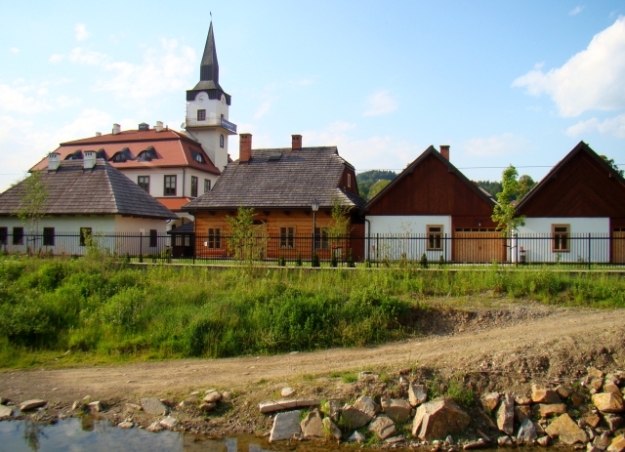
The Galician town itself is a reconstruction of a small town of 20 buildings from the late C19 and was built primarily to provide facilities for meetings, a hotel, dining, shopping and exhibitions for the existing museum. It opened in May 2011. The Ratusz is modelled on unrealised plans for a new town hall for Stary Sącz.
The rest of the Park is built around four ethnic groups – the Lachy Sadeckie of the Dunajec valley, the people of the foothills, the highlanders and the Lemko.
Amongst the 68 buildings are peasant farms, a C17 manor house and manor court, a Lemko church and part of a Carpathian Gypsy village, a smithy, mill and windmill, shrines, road crosses… Most buildings house an exhibition of their use; workshops house craft demonstrations.
Open:
May 1 – October 15, 2013
- Tuesday – Sunday / 10.00 – 18.00 (last entry at the exhibition. 17.00)
- Monday – Closed
October 16, 2013 – April 30, 2014
- Wednesday – Sunday / 9:00 – 15:00 (last admission at. 14.00)
- Monday, Tuesday – closed
Additionally Sacz Ethnographic Park is closed: the day after holidays,
The first and second day of Easter, Corpus Christi, 1 January,
1 and 11 November, December 25th
Fees (effective from 1 May 2013)
Visiting the museum with an exposition of the interior in the small town of Galicia
- Normal – 14 zł
- Reduced – 8 zł
- -7 zł off-season (October 16 – April 30)
- Family ticket (2 adults + 3 children under 16 years of age) – 32 zł
payment for a family ticket for the fourth and each subsequent child (up to 16 years old) – 3 zł
- guide service in Polish
(A group of min. 10 people, max. 30 people) – 30 zł *Day free of charge for entry is Monday – only for the Galician Town. The normal ticket price applies to the rest of the skansen
There are two more regional museums linked to the Nowy Sącz District Museum
Nikifor Museum in Krynica-Zdroj
Nikifor was a painter who lived and worked in Krynica, painting pictures to see to visitors and patients as a souvenir of their stay. Many saw him as an ordinary beggar and his colourful pictures as worthless scribbles. Nikifor suffered from an inherited speech defect, which since childhood limited his contact with the environment – his art became his communication with the world around him.
Today his works hang in famous art galleries, museums and private collections.
Address: 33-380 Krynica-Zdroj, Dietl Boulevard 19
Open:
Tuesday – Sunday 10.00 – 13.00, 14.00 – 17.00
Nikifor Museum is closed on Mondays, days after holidays,
the first day of Easter, Corpus Christi, 1 January, 1 November,
November 11, 25 December
Admission fees:
Normal rate – 12 zł
reduced fee – 8 zł
Days of free admission:
| May | 7, 14, 21, 28 (Tuesday) |
| June | 5, 12, 19, 26 (Wednesday) |
| July | 4, 11, 18, 25 (Thursday) |
| August | 4, 11, 18, 25 (Sundays) |
| September | 6, 13, 20, 27 (Fridays) |
| October | 5, 12, 19, 26 (Saturday) |
| November | 6, 13, 20, 27 (Wednesdays) |
| December | 4, 11, 18 (Wednesdays) |
About 50km south-west of Nowy Sącz is the spa resort of Szczawnica. Here you’ll find the Uzdrowiskowe (Pieniny) Museum with more than 350 different types of artefacts associated with the local therapies, archival documents, drawings, plans of buildings, old photographs, postcards and books.
Uzdrowiskowe
Pieniny
The museum is in a former palace of the Stadniki family, the owners of the spa. Again, it operates as part of the District Museum of Nowy Sącz
Open:
Tuesday – Sunday 10.00-13.00, 14.00-16.00
Pieniny Museum is closed on Mondays,
days after holidays, the first day of Easter,
Corpus Christi, 1 January, 1 and 11 November, December 25th
Admission fees:
Normal – 6 zł
Reduced – 4 zł
Day free of charge for admission – Sunday
Szczawnica is also a skiing and winter sports resort
Getting to Nowy Sącz
By public transport, take the bus or train from the main station (Główny) in Kraków. The bus will take about 2.5 hours, the train 3.5.
By road either take the S7/E77 south from Kraków (from the A4/E40, follow Chyzne) then leave at Lubien. Then follow signs to Mszana Dolna and you’re on Route 28 which will take you all the way to Nowy Sącz. OR take the A4/E40 east, then go south on Route 75
For those with (access to) a light aircraft, there is an airfield – Nowy Sącz-Łososina Dolna Airport – north of the town.
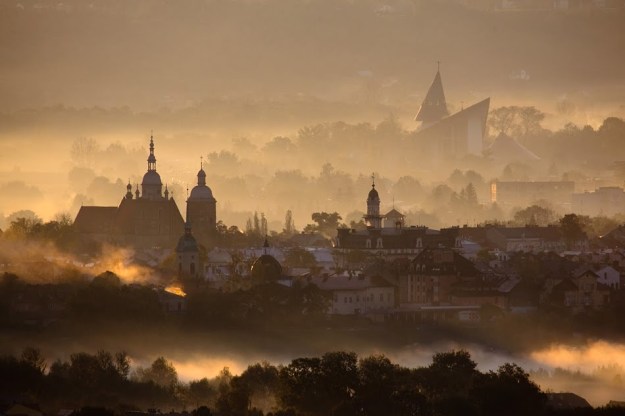

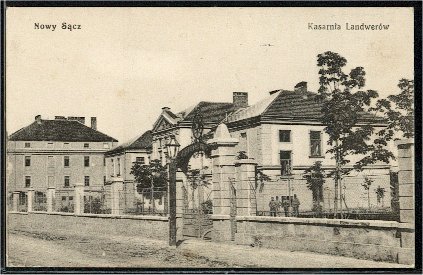
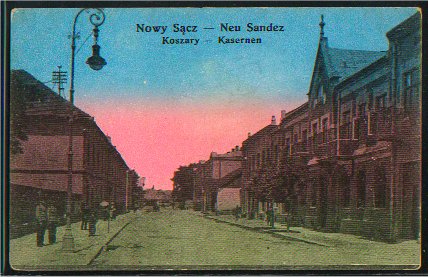
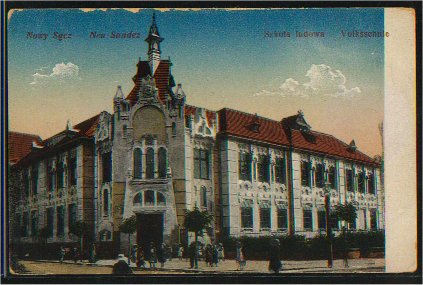

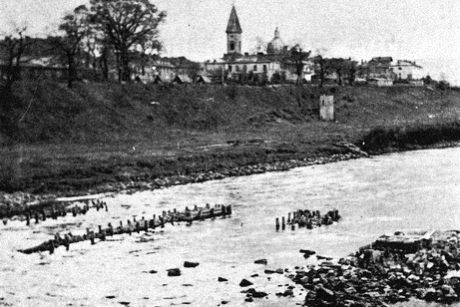
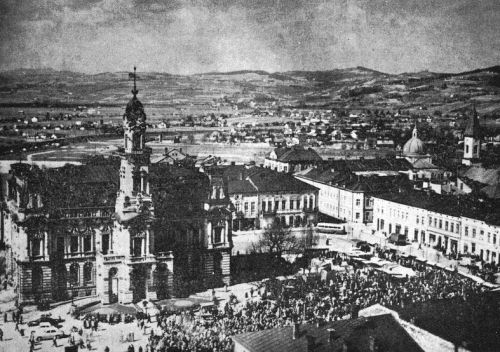
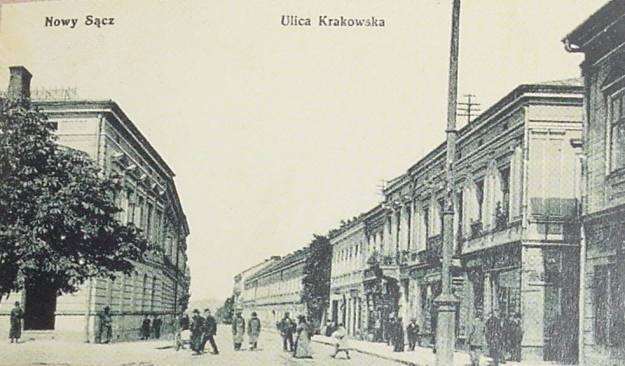
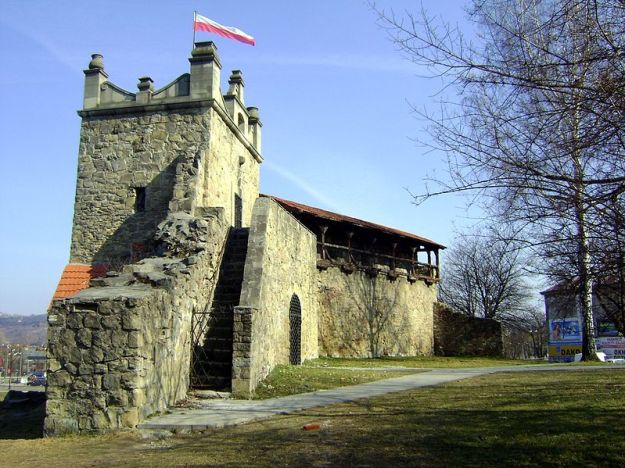
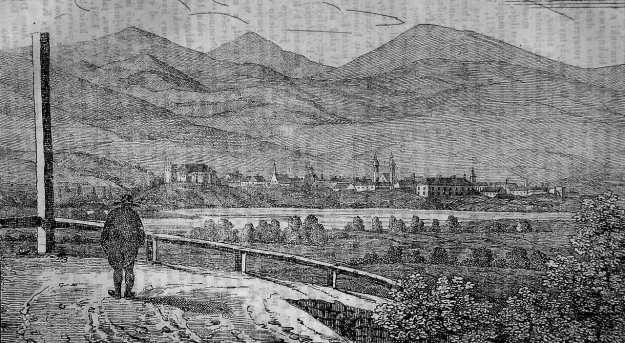
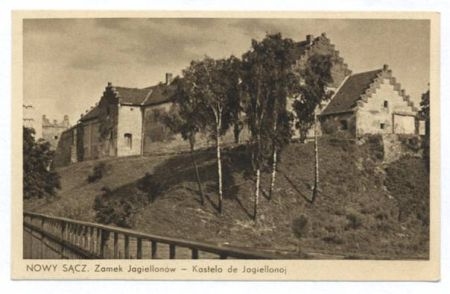
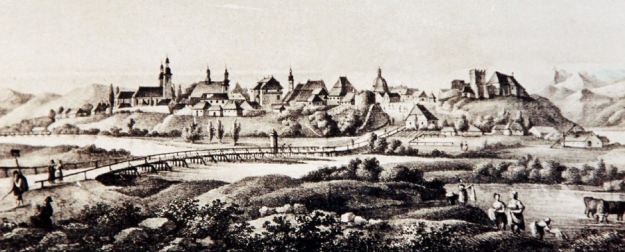
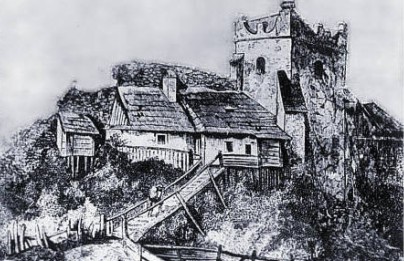
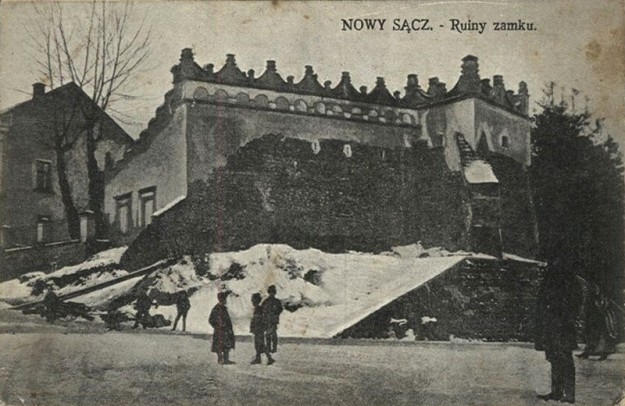
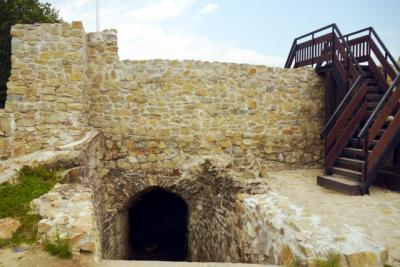
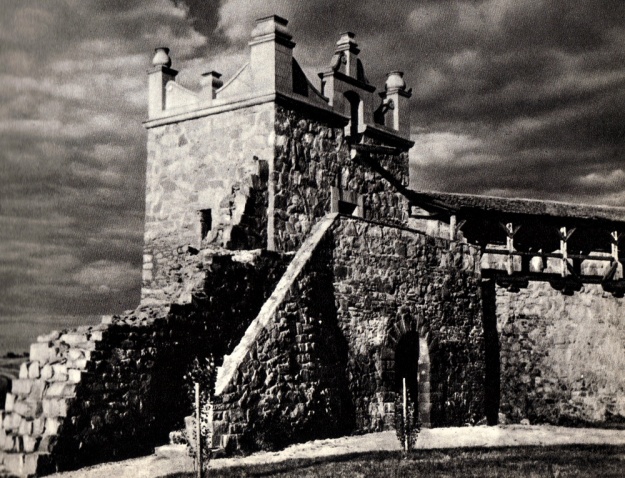
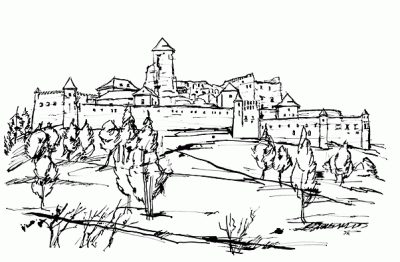
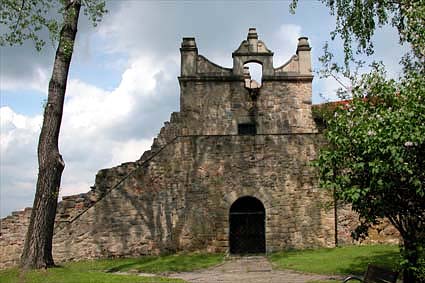
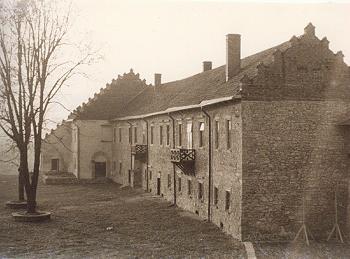

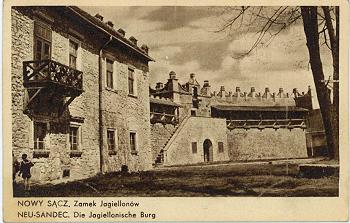
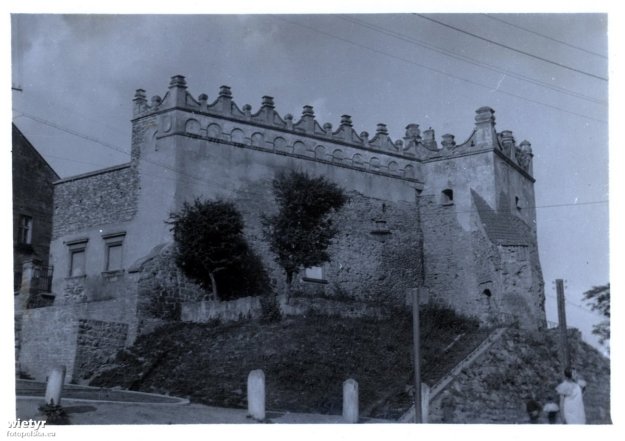
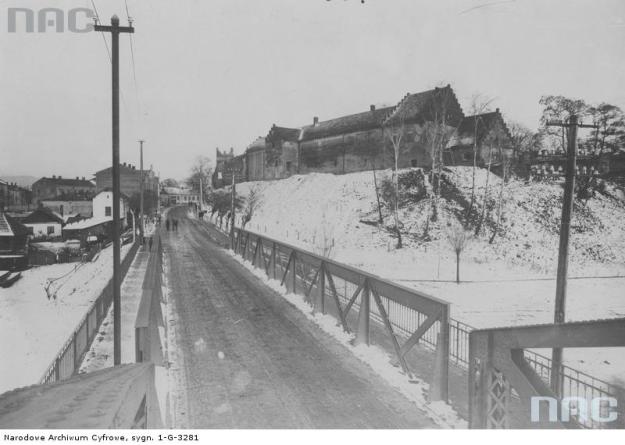
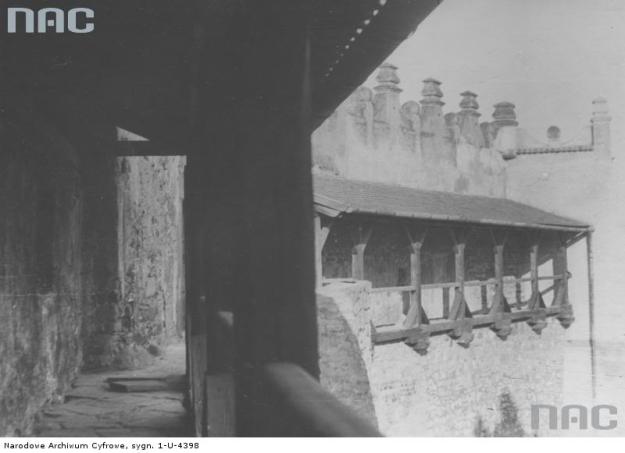
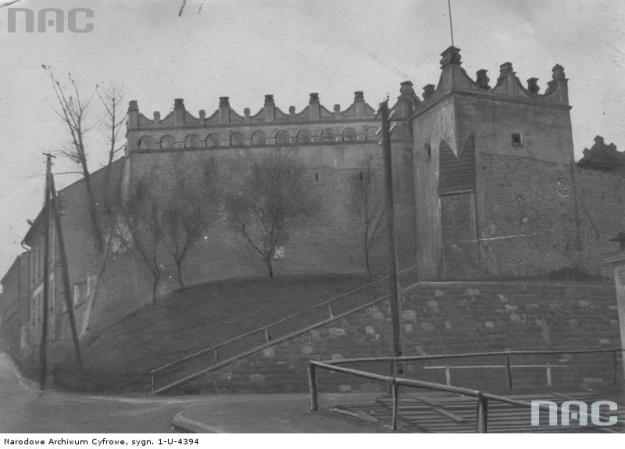
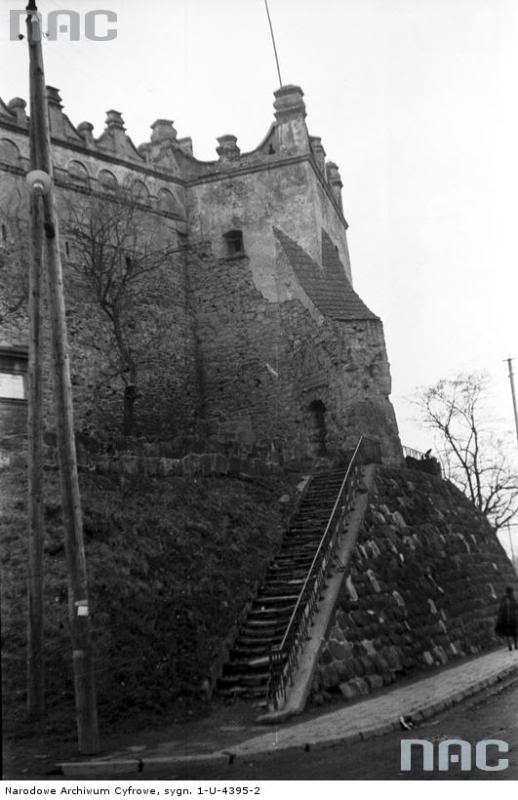
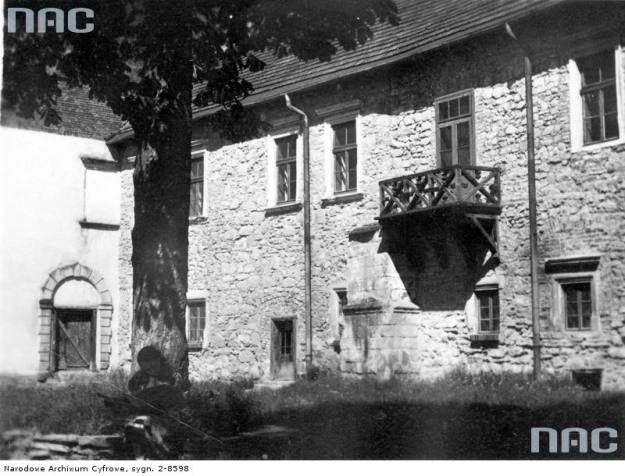
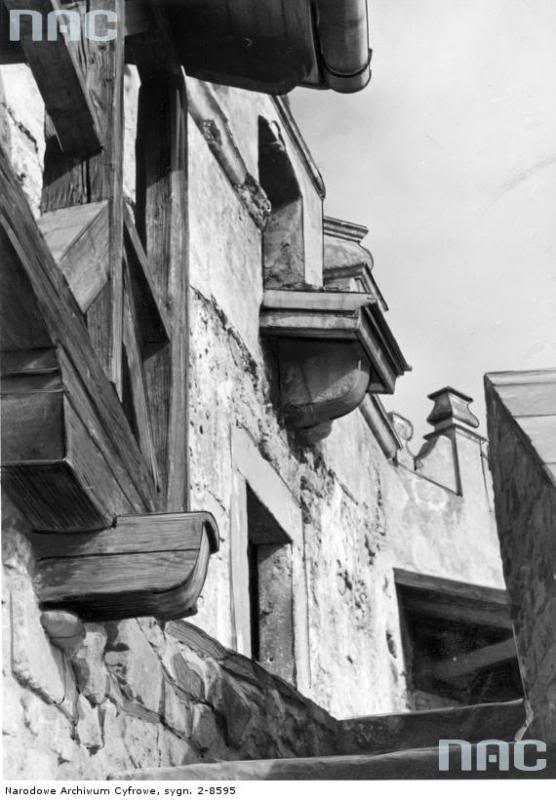
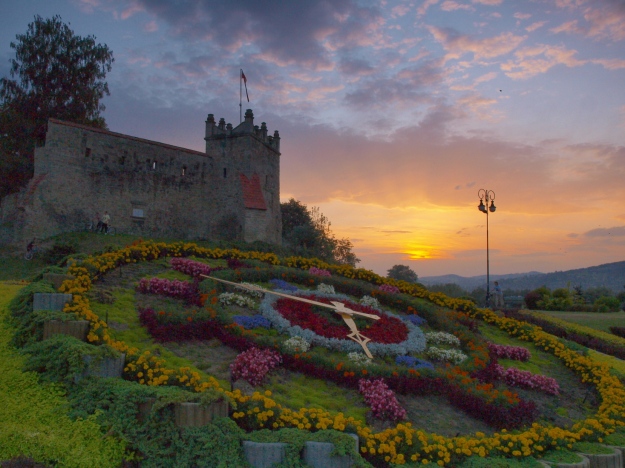
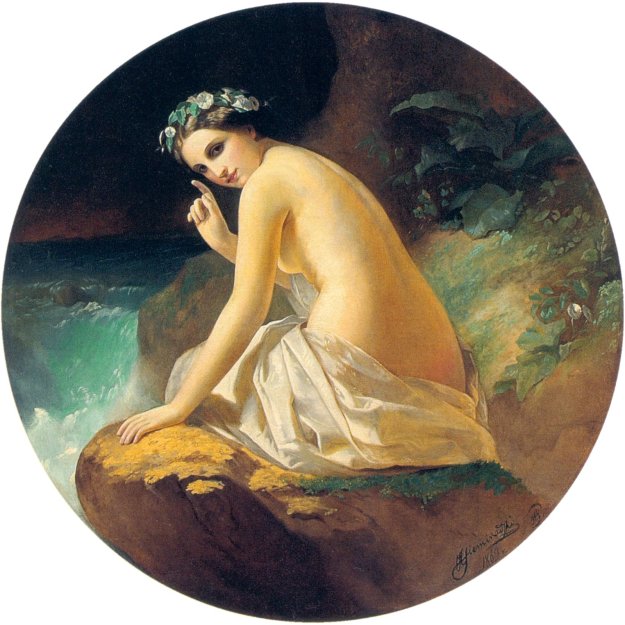


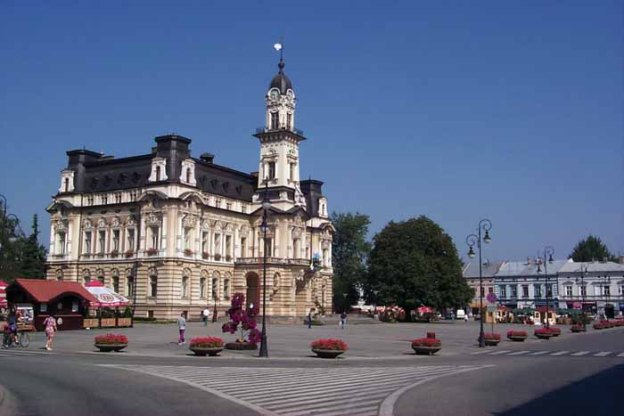
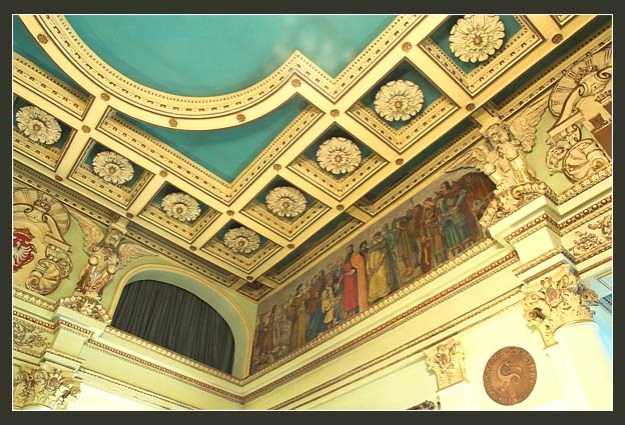
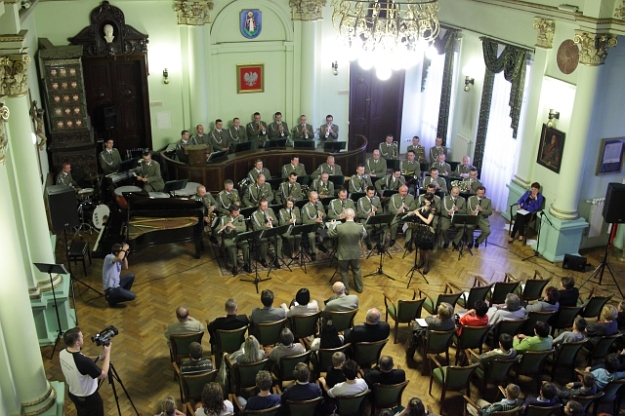
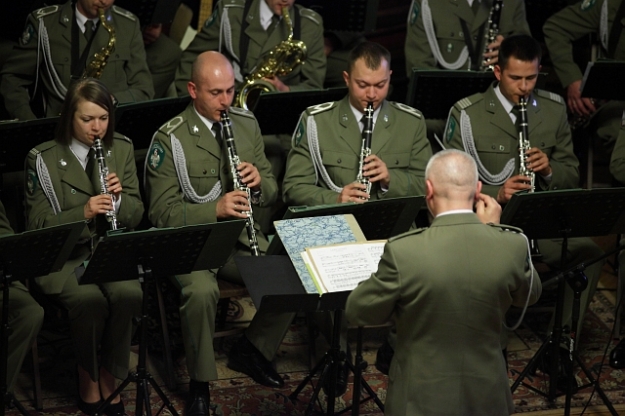
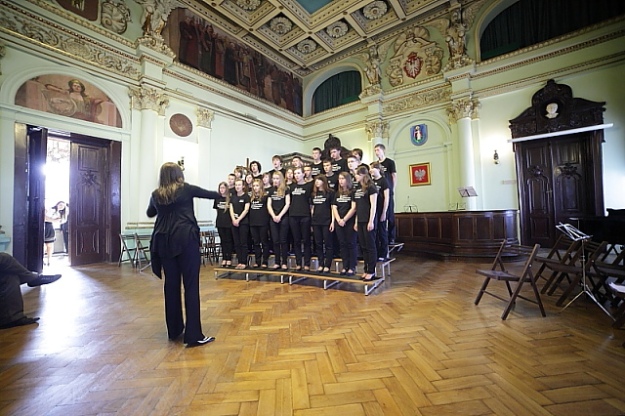
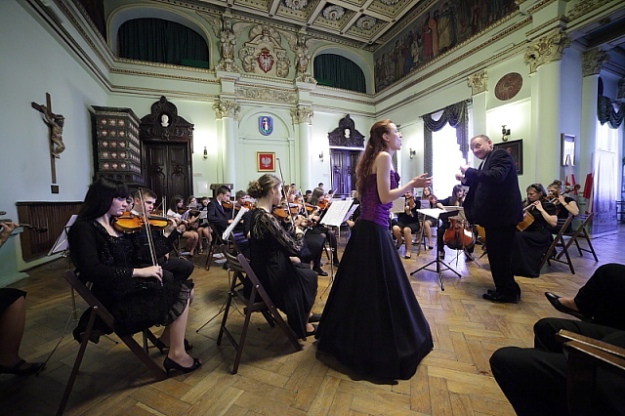
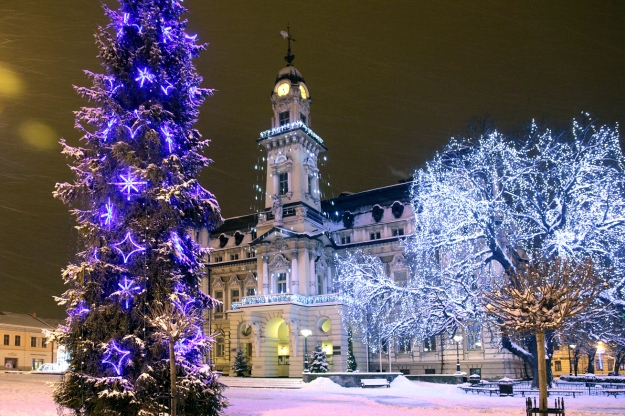
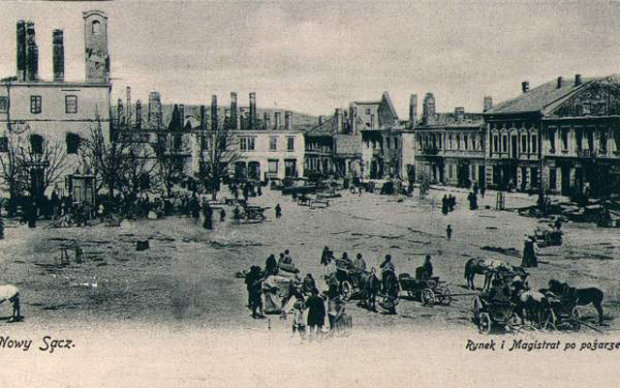
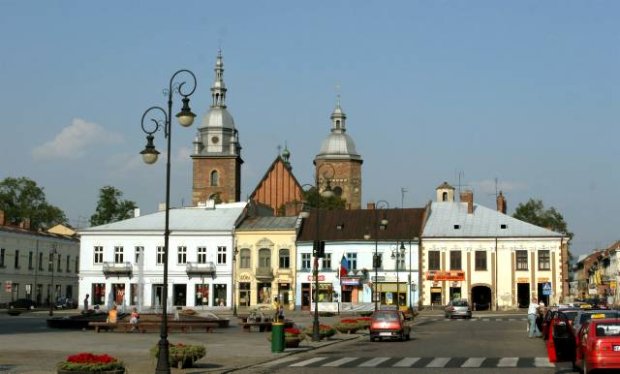
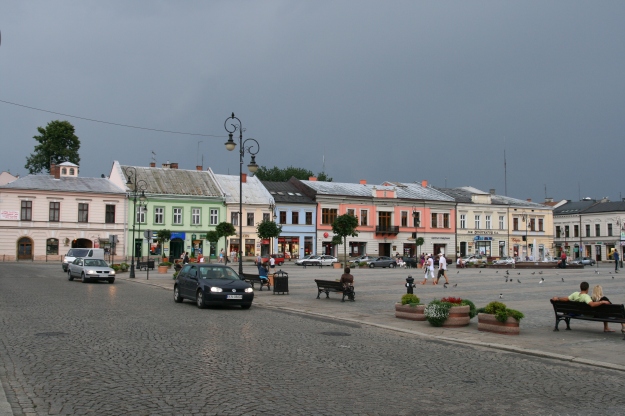
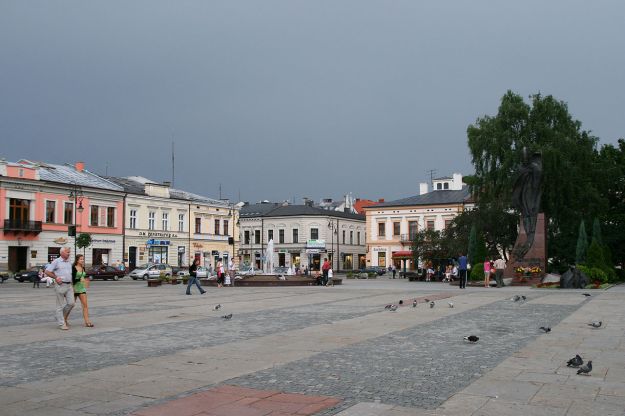
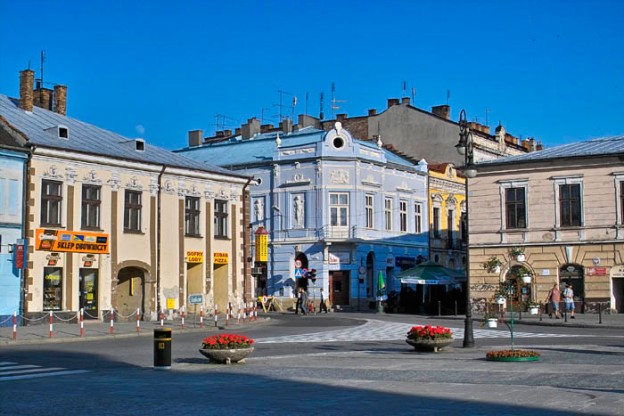
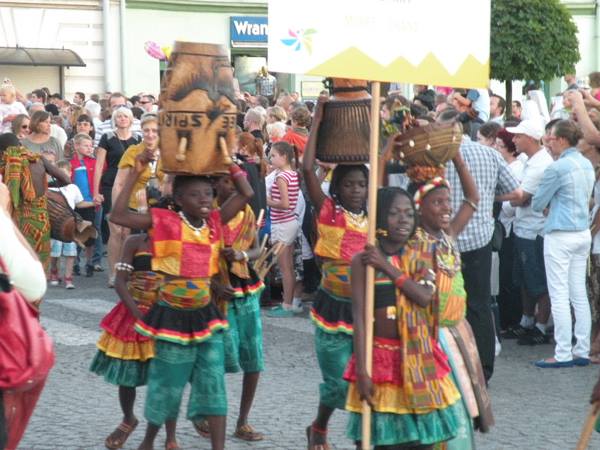
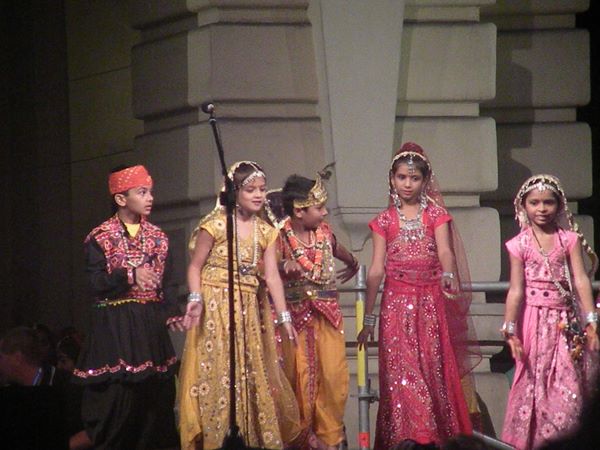
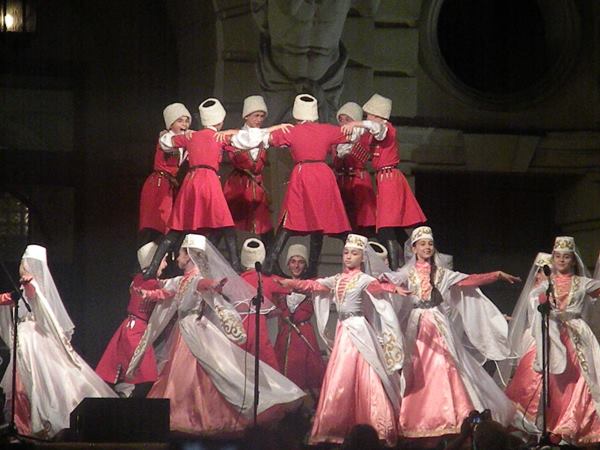
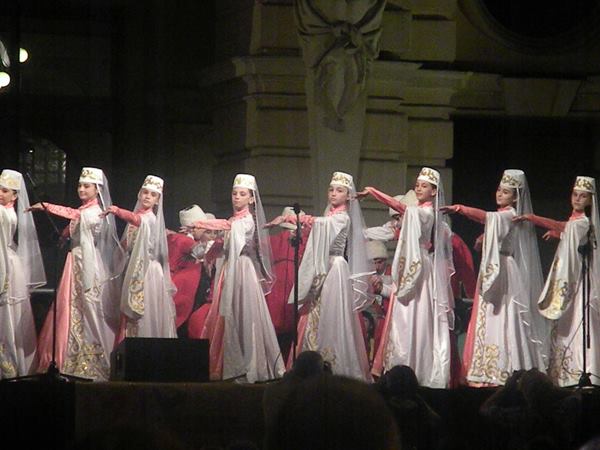
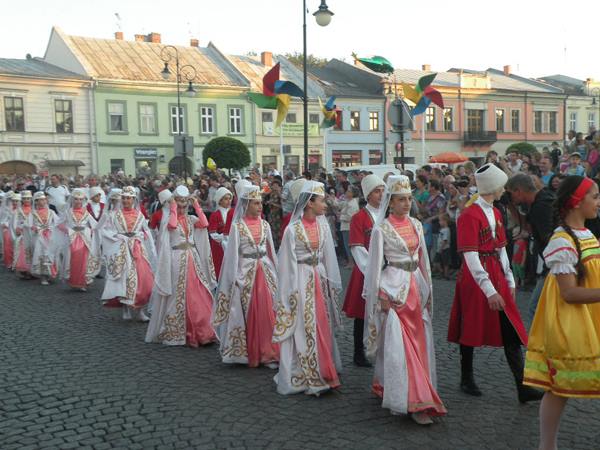
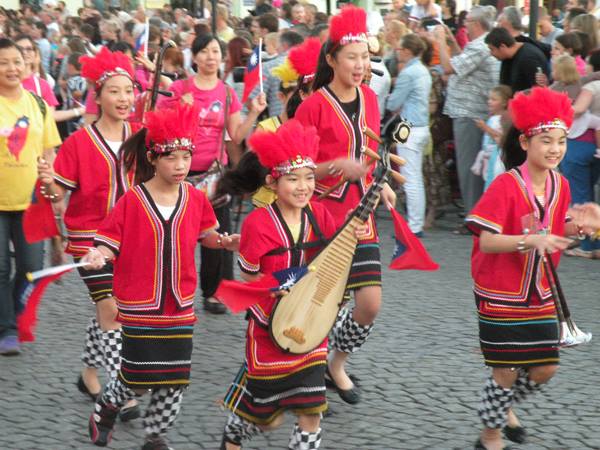
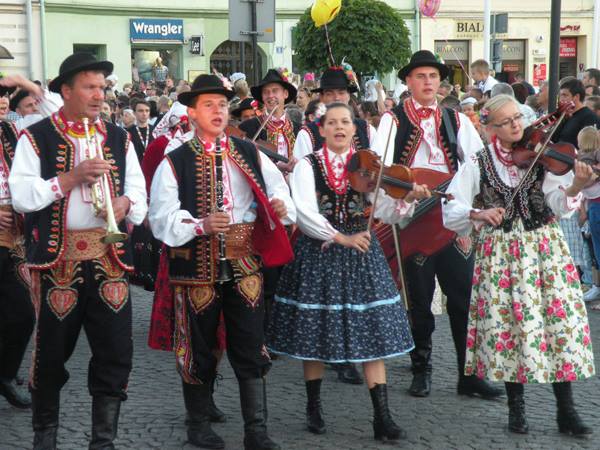
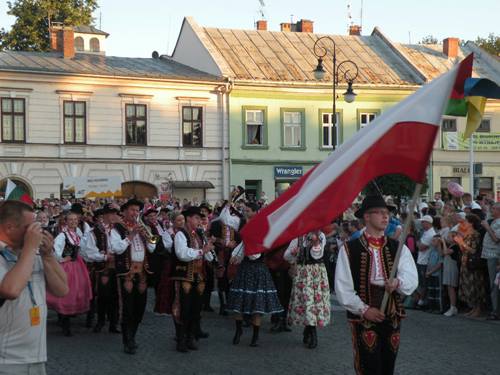
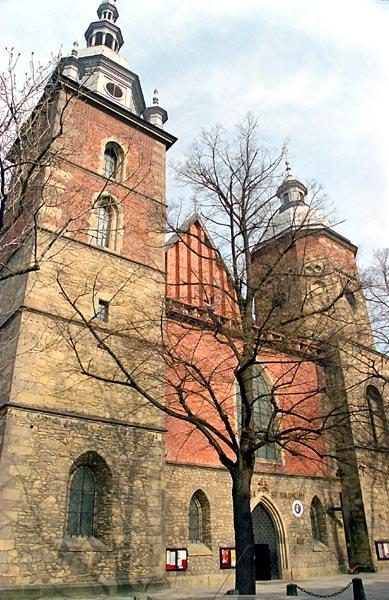
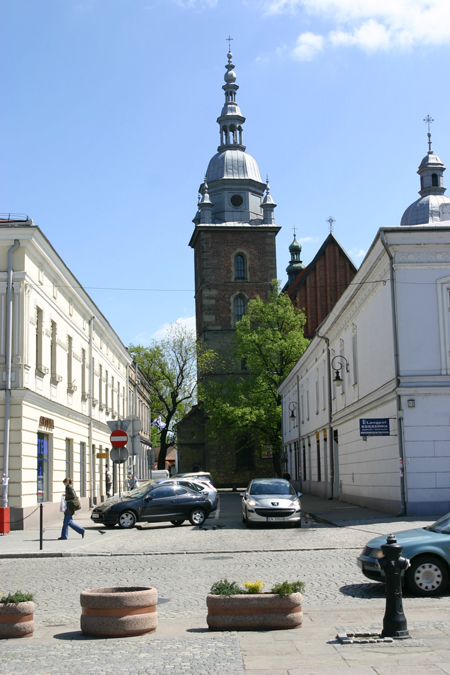
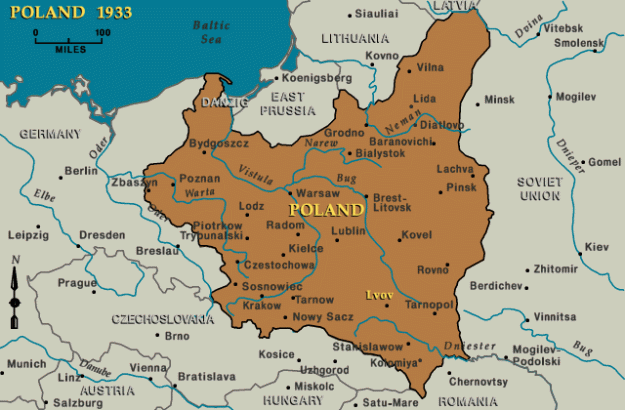
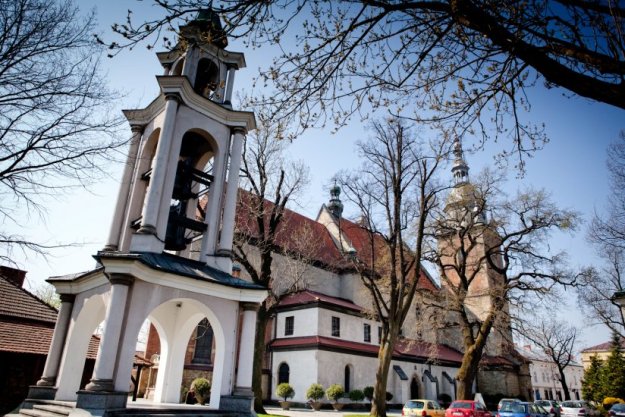
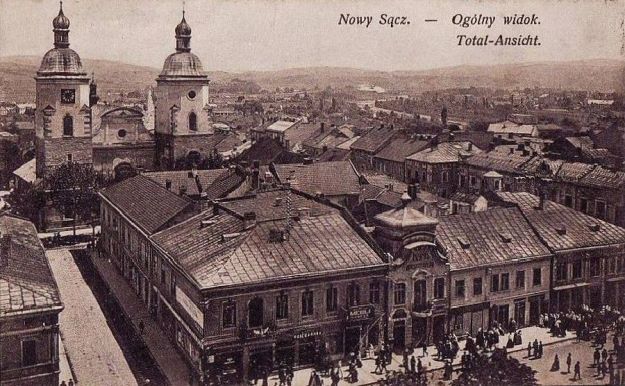
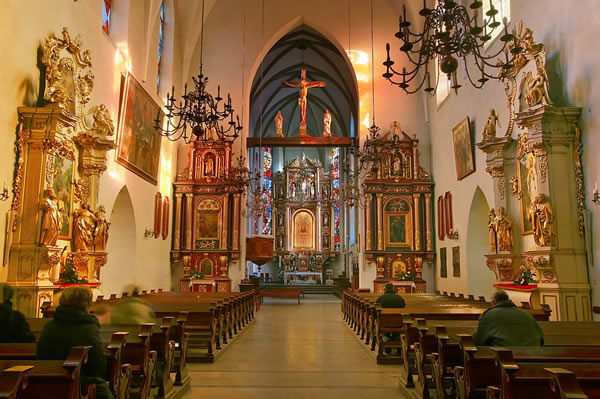
![061161[1]](https://1904loghouse.files.wordpress.com/2013/08/0611611.jpg?w=625&h=800)
![IMG_6574[3]](https://1904loghouse.files.wordpress.com/2013/08/img_65743.jpg?w=625&h=937)
